

| Region rejsu : Północna Europa, Europa |
| Firma : Oceania Cruises |
| Statek : Insignia |
| Data rozpoczęcia : czw. 19 sie 2027 |
| Data zakończenia : pon. 25 paź 2027 |
| Liczba nocy : 67 nocy |
| Dzień | Data | Port | Wypłynięcie | Odpłynięcie |
|---|---|---|---|---|
| 1 | 19.08 czw. | Helsinki / Finland | 07:00 | 17:00 |
| 2 | 20.08 pt. | Tallinn / Estonia | 07:00 | 15:00 |
| 3 | 21.08 sob. | Sztokholm / Sweden | 07:00 | 16:00 |
| 4 | 22.08 niedz. | Ryga / Łotwa | 10:00 | 17:00 |
| 5 | 23.08 pon. | Kłajpeda (Memel) / Litwa | 10:00 | 18:00 |
| 6 | 24.08 wt. | Gdańsk / Polska | 08:00 | 18:00 |
| 7 | 25.08 śr. | Ronne / Denmark | 07:00 | 17:00 |
| 8 | 26.08 czw. | Malmo / Sweden | 07:00 | 15:00 |
| 9 | 27.08 pt. | Berlin / Niemcy | 06:00 | 20:00 |
| 10 | 28.08 sob. | Aarhus / Denmark | 10:00 | 18:00 |
| 11 | 29.08 niedz. | Kopenhaga / Denmark | 07:00 | 16:00 |
| 12 | 30.08 pon. | Arendal / Norway | 08:00 | 15:00 |
| 13 | 31.08 wt. | Dzień na morzu / Morze | ||
| 14 | 1.09 śr. | Paryż / Francja | 11:00 | 21:00 |
| 15 | 2.09 czw. | Londyn / Wielka Brytania | 07:00 | 17:00 |
| 16 | 3.09 pt. | Dzień na morzu / Morze | ||
| 17 | 4.09 sob. | Edynburg / Wielka Brytania | 07:00 | 17:00 |
| 18 | 5.09 niedz. | Invergordon / Wielka Brytania | 08:00 | 17:00 |
| 19 | 6.09 pon. | Stornoway / Wielka Brytania | 07:00 | 14:00 |
| 20 | 7.09 wt. | Glasgow / Wielka Brytania | 09:00 | 21:00 |
| 21 | 8.09 śr. | Belfast / Wielka Brytania | 07:00 | 19:00 |
| 22 | 9.09 czw. | Dublin / Irlandia | 07:00 | 19:00 |
| 23 | 10.09 pt. | Holyhead / Wielka Brytania | 07:00 | 17:00 |
| 24 | 11.09 sob. | Cork / Irlandia | 07:00 | 17:00 |
| 25 | 12.09 niedz. | Portland / USA | 07:00 | 15:00 |
| 26 | 13.09 pon. | Paryż / Francja | 07:00 | 19:00 |
| 27 | 14.09 wt. | Dzień na morzu / Morze | ||
| 28 | 15.09 śr. | La Rochelle / Francja | 07:00 | 15:00 |
| 29 | 16.09 czw. | Pauillac / Francja | 07:00 | 19:00 |
| 30 | 17.09 pt. | Saint-Jean-de-Luz (Biarritz) / Francja | 09:00 | 18:00 |
| 31 | 18.09 sob. | Bilbao / Hiszpania | 07:00 | 19:00 |
| 32 | 19.09 niedz. | Gijon / Hiszpania | 08:00 | 18:00 |
| 33 | 20.09 pon. | La Coruna / Hiszpania | 07:00 | 17:00 |
| 34 | 21.09 wt. | Porto / Portugalia | 08:00 | 18:00 |
| 35 | 22.09 śr. | Lizbona / Portugalia | 08:00 | 20:00 |
| 36 | 23.09 czw. | Dzień na morzu / Morze | ||
| 37 | 24.09 pt. | Grenada / Grenada | 07:00 | 19:00 |
| 38 | 25.09 sob. | Alicante / Hiszpania | 10:00 | 18:00 |
| 39 | 26.09 niedz. | Port Maon / Hiszpania | 11:00 | 19:00 |
| 40 | 27.09 pon. | Barcelona / Hiszpania | 07:00 | 17:00 |
| 41 | 28.09 wt. | Sete/Seta / Francja | 08:00 | 18:00 |
| 42 | 29.09 śr. | Tulon / Francja | 08:00 | 18:00 |
| 43 | 30.09 czw. | Monte Carlo / Monaco | 07:00 | 19:00 |
| 44 | 1.10 pt. | Pięć Terre | 07:00 | 19:00 |
| 45 | 2.10 sob. | FLORENCJA PIZA TOSKANIA | 07:00 | 21:00 |
| 46 | 3.10 niedz. | Piombino / Włochy | 08:00 | 18:00 |
| 47 | 4.10 pon. | Bastia Korsyka Francja | 07:00 | 17:00 |
| 48 | 5.10 wt. | OLBIA PORTO CERVO | 07:00 | 17:00 |
| 49 | 6.10 śr. | Rzym (Civitavecchia) / Włochy | 07:00 | 17:00 |
| 50 | 7.10 czw. | Salerno / Włochy | 07:00 | 19:00 |
| 51 | 8.10 pt. | Messina, wł. Sycylia / Włochy | 08:00 | 18:00 |
| 52 | 9.10 sob. | Valletta / Malta | 07:00 | 14:00 |
| 53 | 10.10 niedz. | Argostoli, Kefalonia (Wyspy Jońskie) / Grecja | 12:00 | 20:00 |
| 54 | 11.10 pon. | Saranda / Albania | 08:00 | 16:00 |
| 55 | 12.10 wt. | Kotor / Czarna Góra | 07:00 | 19:00 |
| 56 | 13.10 śr. | Dubrownik / Chorwacja | 07:00 | 17:00 |
| 57 | 14.10 czw. | Zadar / Chorwacja | 10:00 | 18:00 |
| 58 | 15.10 pt. | Wenecja / Włochy | 07:00 | |
| 59 | 16.10 sob. | Wenecja / Włochy | 17:00 | |
| 60 | 17.10 niedz. | Rijeka / Chorwacja | 08:00 | 18:00 |
| 61 | 18.10 pon. | Split / Chorwacja | 08:00 | 18:00 |
| 62 | 19.10 wt. | Dzień na morzu / Morze | ||
| 63 | 20.10 śr. | Zakif (Zakynthos) / Grecja | 08:00 | 18:00 |
| 64 | 21.10 czw. | Gýtheio Gytheio / Grecja | 07:00 | 17:00 |
| 65 | 22.10 pt. | Heraklion / Grecja | 07:00 | 17:00 |
| 66 | 23.10 sob. | Rodos / Grecja | 07:00 | 17:00 |
| 67 | 24.10 niedz. | Mykonos / Grecja | 07:00 | 19:00 |
| 68 | 25.10 pon. | Pireus (Ateny) / Grecja | 05:00 | 17:00 |
Twój Świat w cenie
Dzięki Twojemu Światu w cenie, będziesz cieszyć się szeroką gamą udogodnień, zapewniających najwyższy komfort i wartość rejsów ultra-premium.
Niezapomniane doznania kulinarne w licznych, wykwintnych restauracjach — wszystko bez dodatkowych opłat.
Bezpłatne kawy specjalistyczne, napoje gazowane, świeżo wyciskane soki oraz woda gazowana i niegazowana Vero Water® serwowane na całym statku.
Nielimitowany, bezpłatny dostęp do Wi-Fi w apartamentach, kabinach i wszystkich pomieszczeniach ogólnodostępnych.
Posiłki serwowane w pokoju z doskonałym wyborem dań na ciepło i zimno.
Koktajle, koktajle mleczne, gelato i firmowe lody Humphry Slocombe — zawsze w cenie.
Grupowe zajęcia fitness w Aquamar® Spa + Vitality Center są bezpłatne.
Napiwki są wliczone w cenę dla Twojej wygody.
Pranie jest bezpłatne dla wszystkich gości.
Dzięki bezpłatnym pralniom samoobsługowym na pokładzie, a także usługom prania i prasowania dla kategorii Concierge i Suite, zawsze będziesz wyglądać olśniewająco. Oprócz naszej charakterystycznej, spersonalizowanej obsługi, zapewnimy Ci wzbogacający rejs bez ukrytych kosztów i prowizji.
Podnieś poziom swoich wrażeń
Kajuty Concierge Level Veranda oferują niezrównane połączenie luksusu, przywilejów i wartości. Bogactwo udogodnień i ekskluzywnych korzyści sprawi, że Twoje wrażenia będą jeszcze bardziej wzniosłe — od dań do wyboru z The Grand Dining Room, przez bezpłatne usługi pralnicze, po nieograniczony dostęp do tarasu Aquamar Spa.
Na pokładzie Oceania Marina i Oceania Riviera możesz również skorzystać z usług dedykowanego Concierge i ekskluzywnego dostępu do prywatnego salonu Concierge Lounge.
Kajuty Concierge Level Veranda, zlokalizowane w najbardziej pożądanych miejscach statku, to coś więcej niż tylko kabiny — to niezapomniane przeżycie.
Concierge Level Veranda — Ekskluzywne przywileje
Rozszerzone menu posiłków do pokoju na lunch i kolację z The Grand Dining Room
Usługi pralnicze — do 3 sztuk bagażu na kabinę
Ekskluzywny dostęp do prywatnego salonu Concierge Lounge na statkach Oceania Marina, Oceania Riviera, Oceania Vista i Oceania Allura za pomocą karty-klucza, oferujący bezpłatne napoje, kawę, przekąski i usługi dedykowanego Concierge'a
Powitalna butelka wyśmienitego włoskiego Prosecco
Priorytetowe rezerwacje online w restauracjach specjalistycznych
Nieograniczony dostęp do tarasu Aquamar Spa
Torba z logo Oceania Cruises
Kaszmirowe koce na kolana — idealne do relaksu i przytulania
Prasowanie odzieży po wejściu na pokład
Bezpłatna usługa czyszczenia butów
Depozyt i płatności – Oceania Cruises
Depozyt ogólny:
W przypadku apartamentów typu Owner’s, Vista i Oceania Suites wymagany jest depozyt w wysokości 20% ceny rejsu od osoby.
W przypadku wszystkich pozostałych kategorii apartamentów/kabin, depozyt wynosi 500 USD od osoby.
W przypadku Grand Voyages depozyt wynosi 1500 USD od osoby.
Terminy depozytu i płatności końcowej:
Rezerwacje dokonane na ponad 150 dni przed rejsem:
Depozyt w wysokości 20% w przypadku apartamentów typu Owner’s, Vista i Oceania Suites oraz 500 USD w przypadku wszystkich pozostałych kategorii wymagany jest w ciągu 5 dni od rezerwacji.
Rezerwacje dokonane na 90–120 dni przed rejsem:
Pełna płatność wymagana w ciągu 3 dni od rezerwacji.
Rezerwacje dokonane na 0–90 dni przed rejsem:
Pełna płatność wymagana w dniu rezerwacji.
Ważne:
Rezerwacje, które nie zostaną wpłacone lub opłacone w całości zgodnie z niniejszym harmonogramem, zostaną automatycznie anulowane. O ile nie zaznaczono inaczej, płatność końcowa musi wpłynąć do Oceania Cruises na 150 dni przed wypłynięciem w przypadku rejsów krótszych niż 15 dni oraz na 150 dni w przypadku rejsów trwających 15 dni lub dłużej.
Oceania Cruises zastrzega sobie prawo do anulowania rezerwacji, które nie zostały w pełni opłacone w momencie płatności końcowej.
Informacje dodatkowe:
Dane paszportowe i specjalne prośby dotyczące usług pokładowych należy przesłać w momencie płatności końcowej.
Płatności można dokonać czekiem osobistym, kartą American Express, Discover, MasterCard lub Visa.
Dla wygody płatność końcowa może zostać automatycznie pobrana z karty kredytowej użytej do wpłaty początkowej.
Oceania Cruises nie ponosi odpowiedzialności za opłaty walutowe ani opłaty transakcyjne pobierane niezależnie przez banki wystawiające karty. Opłaty te nie przysługują Oceania Cruises.
Płatności kartami kredytowymi osób trzecich są akceptowane wyłącznie po uzyskaniu ważnej autoryzacji od posiadacza karty.
Depozyt i płatność – rejsy 180-dniowe
W przypadku rejsów 180-dniowych wymagany jest depozyt w wysokości 20% ceny rejsu od osoby za wszystkie apartamenty i kabiny w ciągu 7 dni od rezerwacji.
Ostateczna płatność musi zostać otrzymana najpóźniej 181 dni przed wypłynięciem, wraz z danymi paszportowymi i wszelkimi specjalnymi prośbami o usługi na pokładzie.
W przeciwnym razie rezerwacja może zostać natychmiast anulowana, a naliczone zostaną stosowne kary.
Forma płatności (FORMA PŁATNOŚCI)
Oceania Cruises akceptuje płatności za rezerwacje kartą kredytową/debetową lub przelewem bankowym.
Niestety, czeki osobiste nie są akceptowane.
Karty kredytowe/debetowe:
Akceptowane są karty American Express, Visa i Mastercard.
Uwaga: Oceania Cruises nie ponosi odpowiedzialności za opłaty za wymianę waluty/transakcje naliczane przez bank wystawiający kartę.
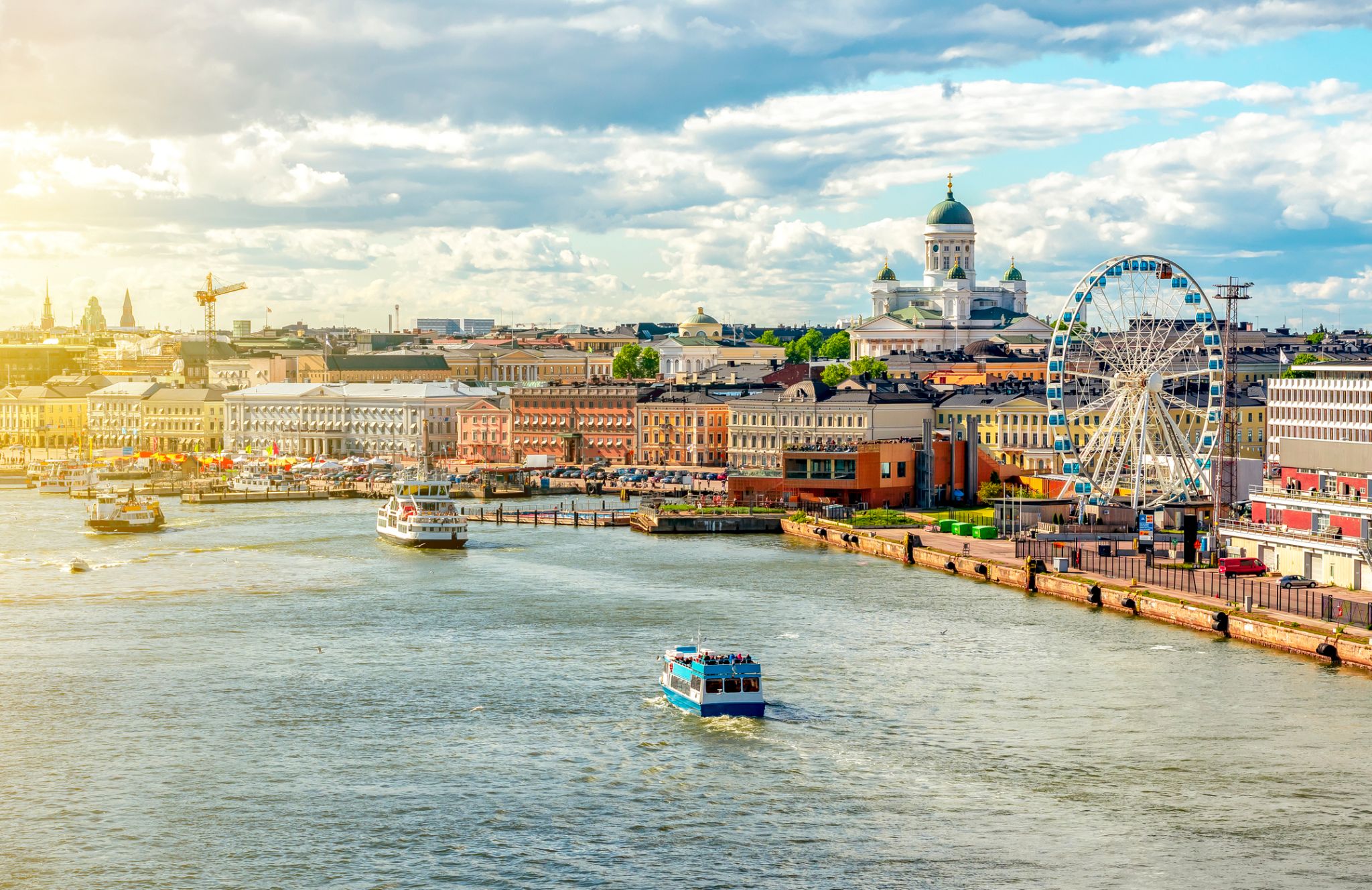
Helsinki located in the southern Finland, and has a population of 648,650. The city's urban area has a population of 1,268,296, it’s the most important center for politics, education, finance, culture, and research. Helsinki is located 80 kilometers (50 mi) north of Tallinn, Estonia, 400 km (250 mi) east of Stockholm, Sweden, and 390 km (240 mi) west of Saint Petersburg, Russia. It has close ties with these three cities.
Together with the cities of Espoo, Vantaa, and Kauniainen, and the surrounding commuter towns, Helsinki forms the Greater Helsinki metropolitan area, which has a population of nearly 1.5 million. Often being considered a metropolis of the EU member state. After Stockholm and Oslo, Helsinki is the third largest city in the Nordic countries. It is located in the city of Vantaa and is located in the city of Vantaa.
Helsinki was the World Design Capital for 2012, the 1952 Summer Olympics and the 52nd Eurovision Song Contest.
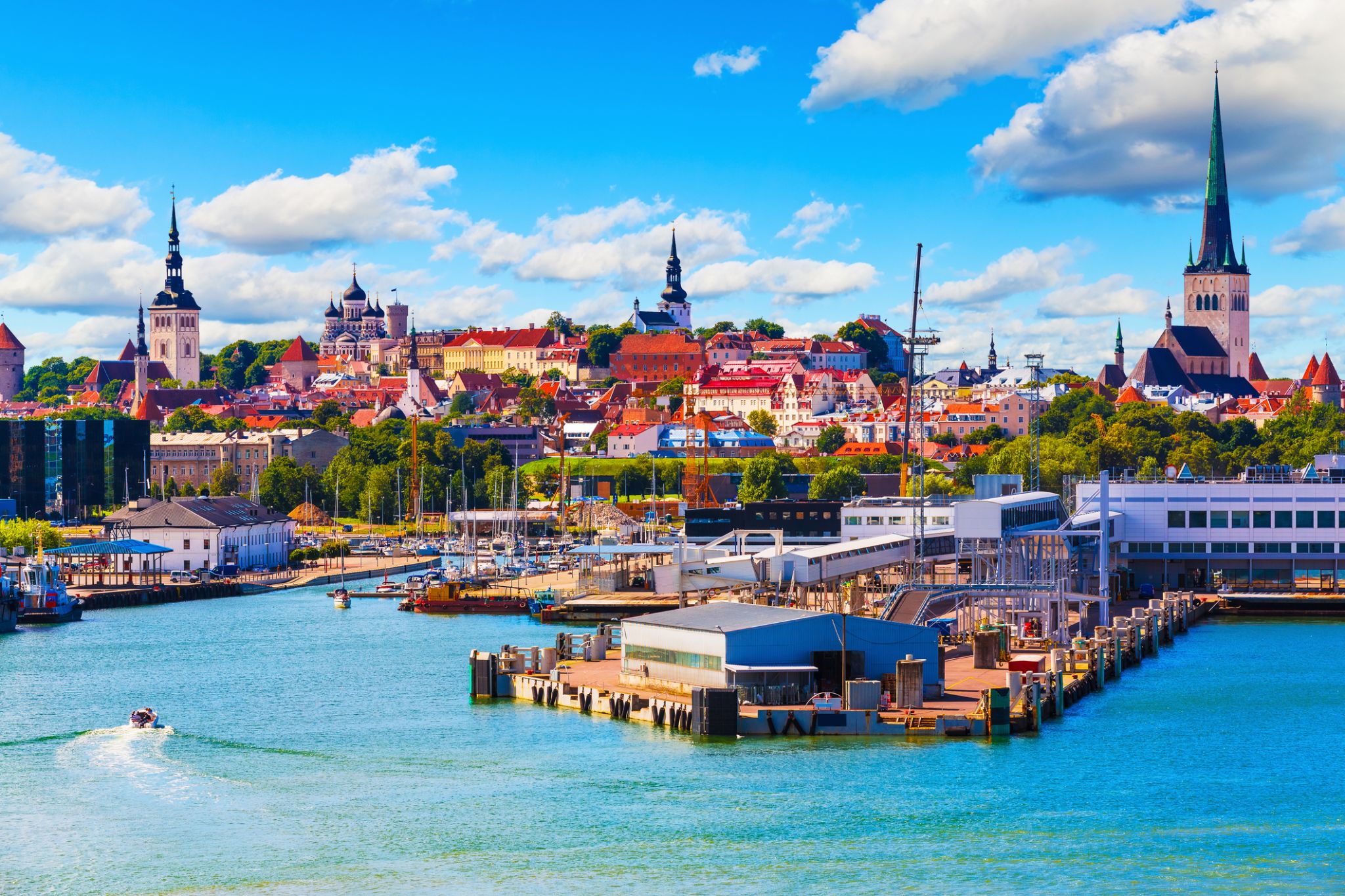
Tallinn is the capital and largest city of Estonia. It is on the northern coast of the country, on the shore of the Gulf of Finland in Harju County. From the 13th century until 1918 (and briefly during the Nazi occupation of Estonia from 1941 to 1944), the city was known as Reval. Tallinn occupies an area of 159.2 km2 (61.5 sq mi) and has a population of 453,033.
Tallinn, first mentioned in 1219, received city rights in 1248, but the earliest human settlements date back 5,000 years. The initial claim over the land was laid by the Danes in 1219, after a successful raid of Lindanise led by Valdemar II of Denmark, followed by a period of alternating Scandinavian and German rule. Due to its strategic location, the city became a major trade hub, especially from the 14th to the 16th century, when it grew in importance as part of the Hanseatic League.
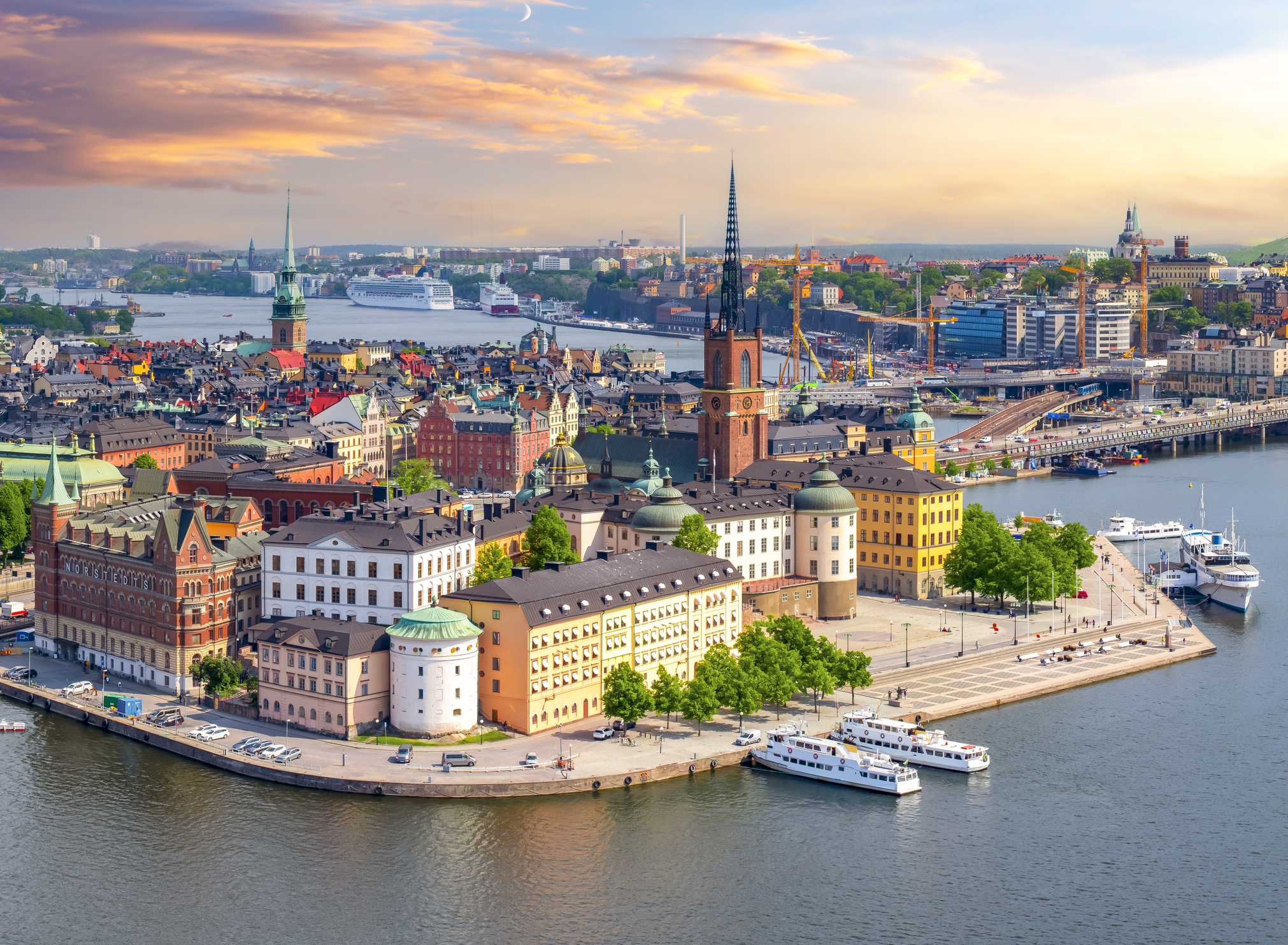
Stockholm is the capital of Sweden and the most populous urban area in the Nordic countries; 960,031 people live in the municipality, approximately 1.5 million in the urban area, and 2.3 million in the metropolitan area. The city stretches across fourteen islands where Lake Mälaren flows into the Baltic Sea. Just outside the city and along the coast is the island chain of the Stockholm archipelago. The area has been settled since the Stone Age, in the 6th millennium BC, and was founded as a city in 1252 by Swedish statesman Birger Jarl. It is also the capital of Stockholm County.
Stockholm is the cultural, media, political, and economic centre of Sweden. The Stockholm region alone accounts for over a third of the country's GDP, and is among the top 10 regions in Europe by GDP per capita. It is an important global city, and the main centre for corporate headquarters in the Nordic region. The city is home to some of Europe's top ranking universities, such as the Stockholm School of Economics, Karolinska Institute and Royal Institute of Technology (KTH). It hosts the annual Nobel Prize ceremonies and banquet at the Stockholm Concert Hall and Stockholm City Hall. One of the city's most prized museums, the Vasa Museum, is the most visited non-art museum in Scandinavia. The Stockholm metro, opened in 1950, is well known for the decor of its stations; it has been called the longest art gallery in the world. Sweden's national football arena is located north of the city centre, in Solna. Ericsson Globe, the national indoor arena, is in the southern part of the city. The city was the host of the 1912 Summer Olympics, and hosted the equestrian portion of the 1956 Summer Olympicsotherwise held in Melbourne, Victoria, Australia.
Stockholm is the seat of the Swedish government and most of its agencies, including the highest courts in the judiciary, and the official residencies of the Swedish monarch and the Prime Minister. The government has its seat in the Rosenbad building, the Riksdag (Swedish parliament) is seated in the Parliament House, and the Prime Minister's residence is adjacent at Sager House. Stockholm Palace is the official residence and principal workplace of the Swedish monarch, while Drottningholm Palace, a World Heritage Site on the outskirts of Stockholm, serves as the Royal Family's private residence.

Riga is the capital and largest city of Latvia. With 637,827 inhabitants (2018), it is also the largest city in the three Baltic states, home to one third of Latvia's population and one tenth of the three Baltic states' combined population. The city lies on the Gulf of Riga, at the mouth of the Daugava. Riga's territory covers 307.17 km2 (118.60 sq mi) and lies 1–10 m (3 ft 3 in–32 ft 10 in) above sea level, on a flat and sandy plain.
Riga was founded in 1201 and is a former Hanseatic League member. Riga's historical centre is a UNESCO World Heritage Site, noted for its Art Nouveau/Jugendstil architecture and 19th century wooden architecture. Riga was the European Capital of Culture during 2014, along with Umeå in Sweden. Riga hosted the 2006 NATO Summit, the Eurovision Song Contest 2003, the 2006 IIHF Men's World Ice Hockey Championships and the 2013 World Women's Curling Championship. It is home to the European Union's office of European Regulators for Electronic Communications (BEREC).
In 2016, Riga received over 1.4 million visitors. It is served by Riga International Airport, the largest and busiest airport in the Baltic states. Riga is a member of Eurocities, the Union of the Baltic Cities (UBC) and Union of Capitals of the European Union (UCEU).
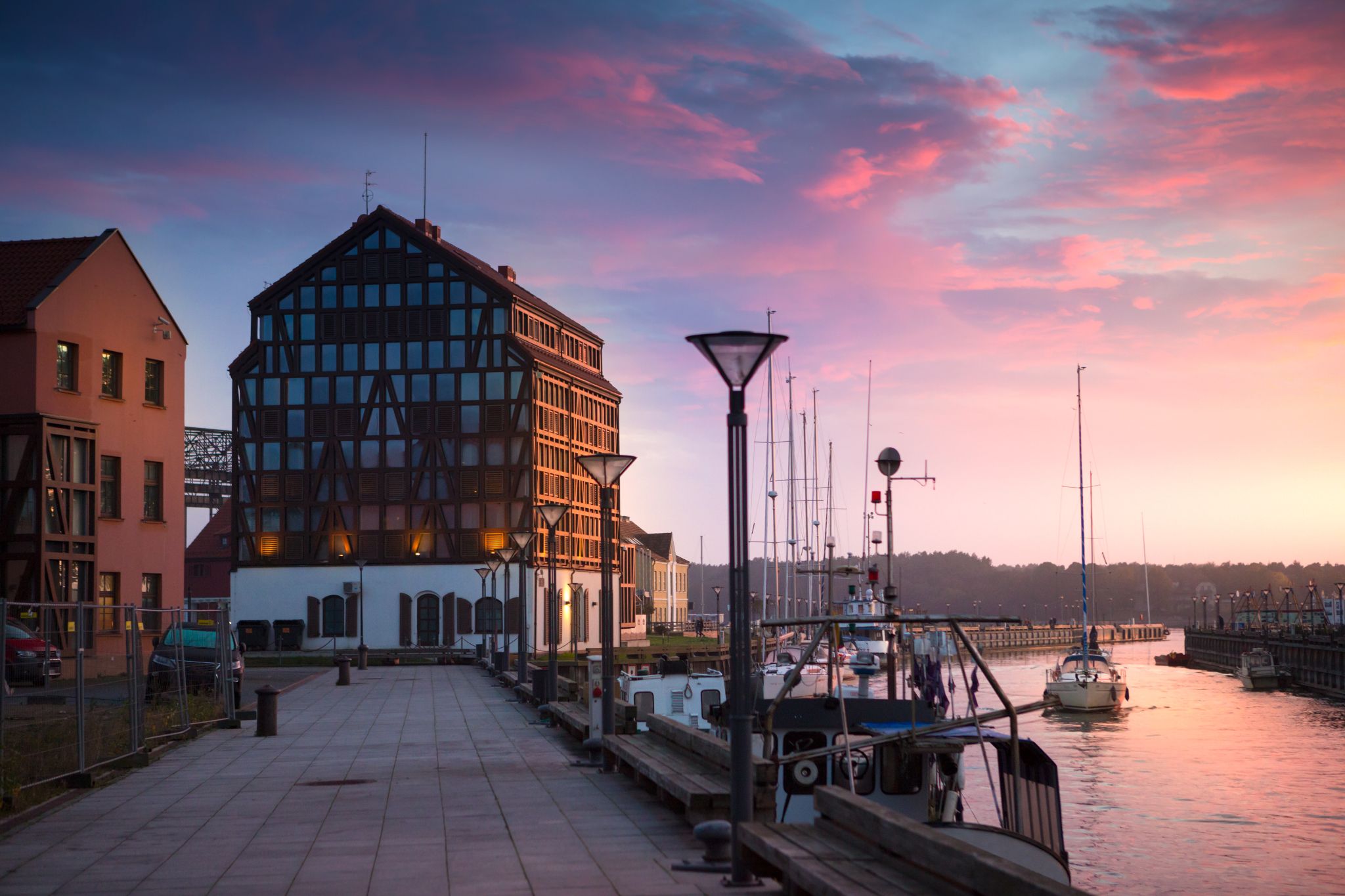
Klaipėda is a city in Lithuania on the Baltic Sea coast. It is the third largest city in Lithuania and the capital of Klaipėda County.
The city has a complex recorded history, partially due to the combined regional importance of the usually ice-free Port of Klaipėda at the mouth of the Akmena-Danė River. It was controlled by successive German states until the 1919 Treaty of Versailles. As a result of the 1923 Klaipėda Revolt it was added to Lithuania and has remained with Lithuania to this day, except for the period between 1939 and 1945 when it returned to Germany following the 1939 German ultimatum to Lithuania and the German–Soviet Union Molotov–Ribbentrop Pact.
The population has shrunk from the city to suburbs and the hinterland. The city had a population of 207,100 in 1992 to 157,350 in 2014 but the city is growing again. Popular seaside resorts found close to Klaipėda are Nida to the south on the Curonian Spit and Palanga to the north.


Ciche uliczki z domami szachulcowymi sprawiają, że Ronne (Rønne) jest przytulnym zakątkiem na duńskiej wyspie Bornholm, gdzie każdy krok wypełniony jest zapachem morza i świeżego pieczywa z lokalnych piekarni. Miasto słynie z warsztatów ceramiki i szkła oraz przytulnej atmosfery portu rybackiego, w którym można spróbować świeżo wędzonego śledzia i obserwować, jak statki powoli wpływają do portu. Tutaj czas zwalnia, pozwalając cieszyć się spacerami po starym mieście z brukowanymi uliczkami i malowniczymi domami z XVIII wieku.
W Ronne podróżnych czeka spokojny wypoczynek z nutą duńskiego przytulnego klimatu i kreatywnej atmosfery wyspy. Muzeum Bornholmu przybliża historię wyspy i tradycje morskie, a spacery wzdłuż wybrzeża ukazują skaliste brzegi i czyste plaże zapraszające do odpoczynku przez cały rok. To miasto jest idealnym miejscem dla tych, którzy chcą poczuć autentyczną Danię, zaczerpnąć morskiego powietrza i odkryć ciepłą gościnność Bornholmu.
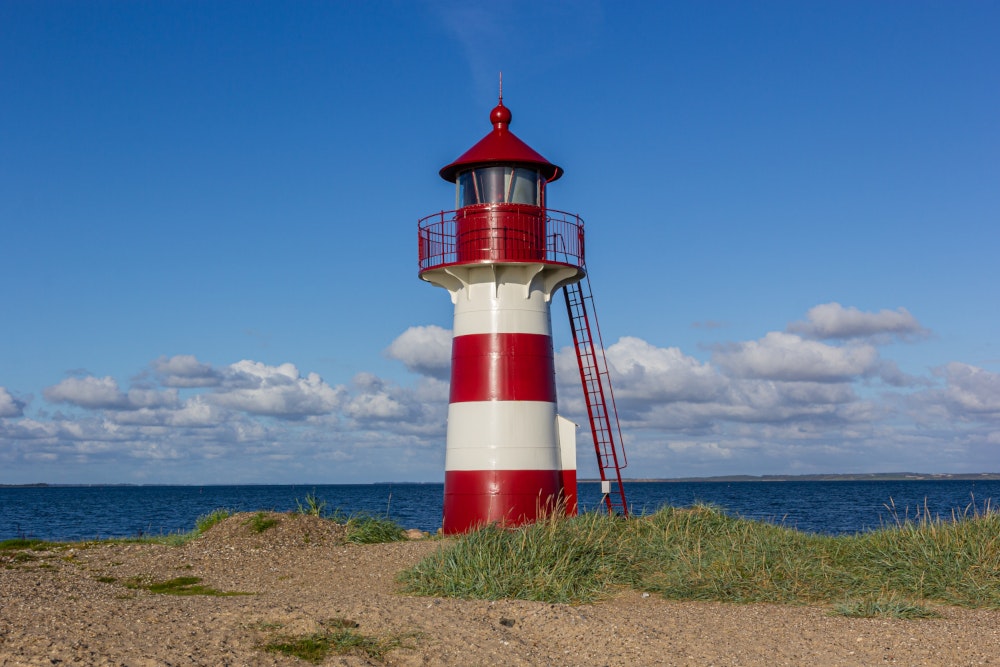
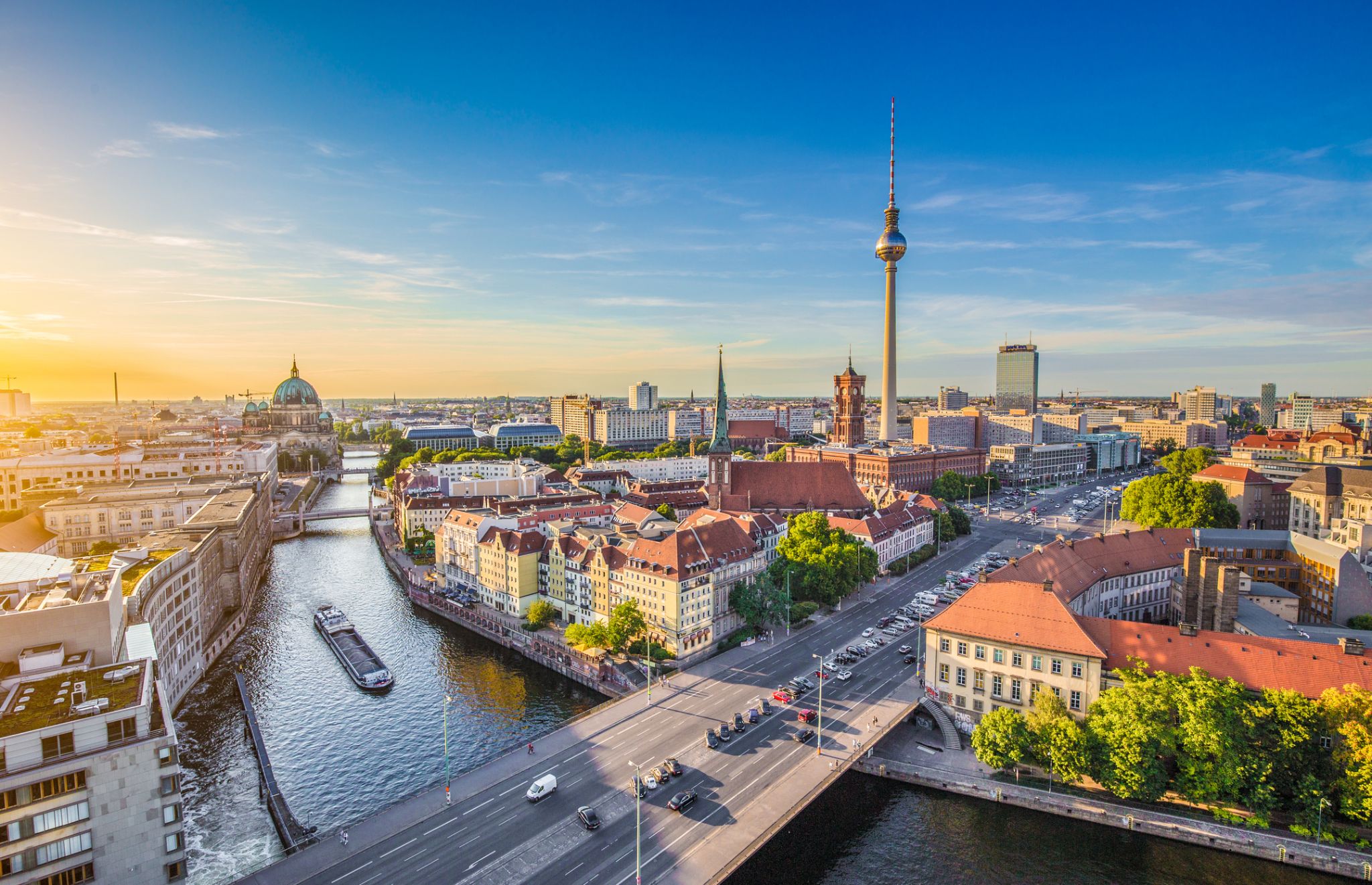
Berlin – stolica, największe miasto Niemiec i zarazem kraj związkowy. Zajmuje powierzchnię ok. 891,70 km² i zamieszkuje go 3 878 100 osób (31 grudnia 2023). Jest największym miastem w Unii Europejskiej pod względem liczby mieszkańców w granicach administracyjnych.
Berlin jest podzielony na dwanaście okręgów administracyjnych (Bezirk). Przez przestrzeń miejską przepływają m.in. rzeki Sprewa i Hawela, a ponadto znajduje się wiele jezior i zatok, w tym największe Müggelsee.
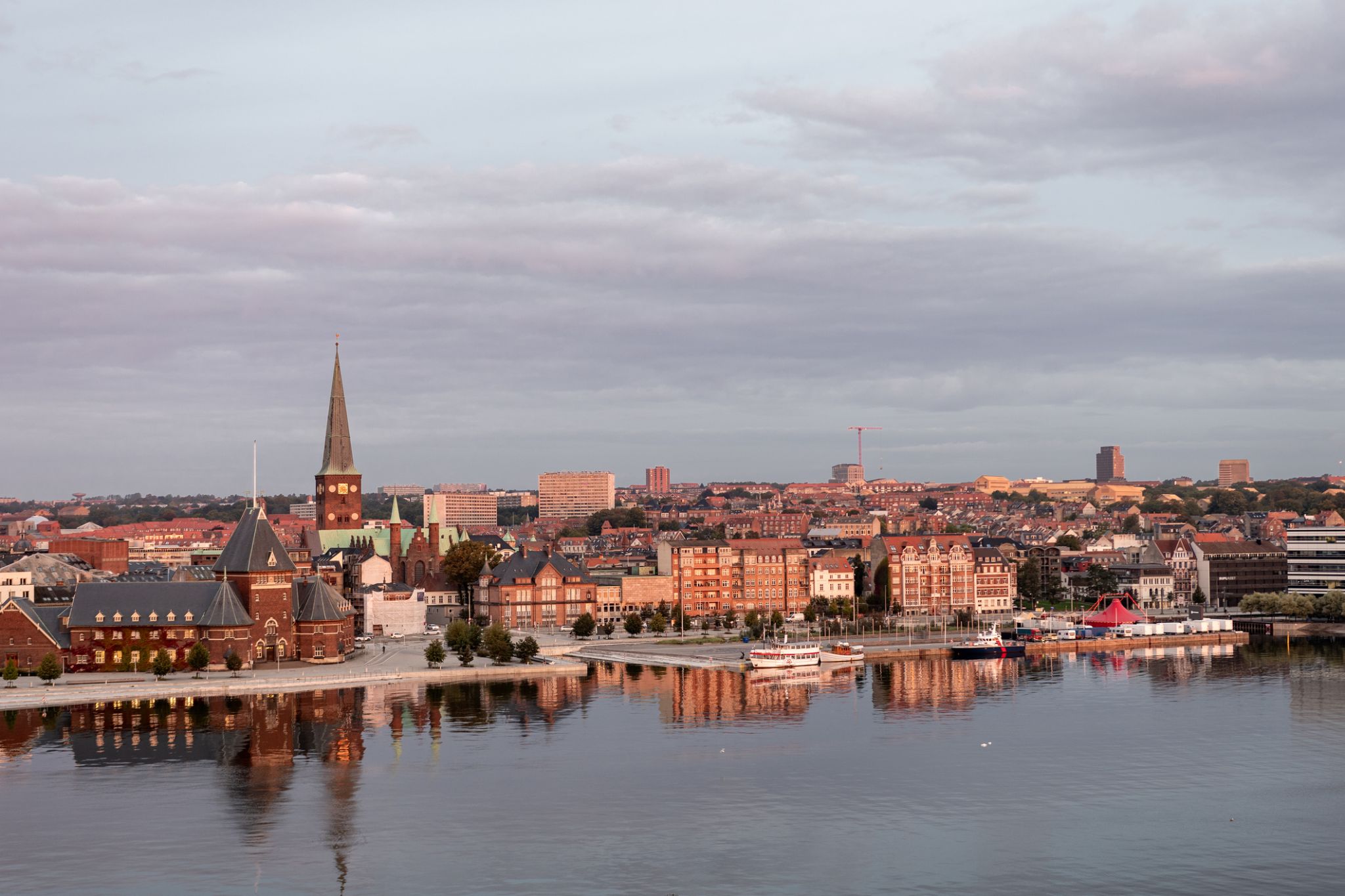
Aarhus is the second-largest city in Denmark and the seat of Aarhus municipality. It is located on the east coast of the Jutlandpeninsula, in the geographical centre of Denmark, 187 kilometres (116 mi) northwest of Copenhagen and 289 kilometres (180 mi) north of Hamburg, Germany. The inner urban area contains 273,077 inhabitants (as of 1 January 2018) and the municipal population is 340,421 (as of 2018). Aarhus is the central city in Business Region Aarhus and in the East Jutland metropolitan area, which had a total population of 1.378 million in 2016.
The history of Aarhus began as a fortified Viking settlement founded in the 8th century and with the first written records stemming from the bishopric seated here from at least 948. The city was founded on the northern shores of a fjord at a natural harbour and the primary driver of growth was for centuries seaborne trade in agricultural products. Market town privileges were granted in 1441, but growth stagnated in the 17th century as the city suffered blockades and bombardments during the Swedish Wars. In the 19th century it was occupied twice by German troops during the Schleswig Wars but avoided destruction. As the industrial revolution took hold, the city grew to become the second-largest in the country by the 20th century.
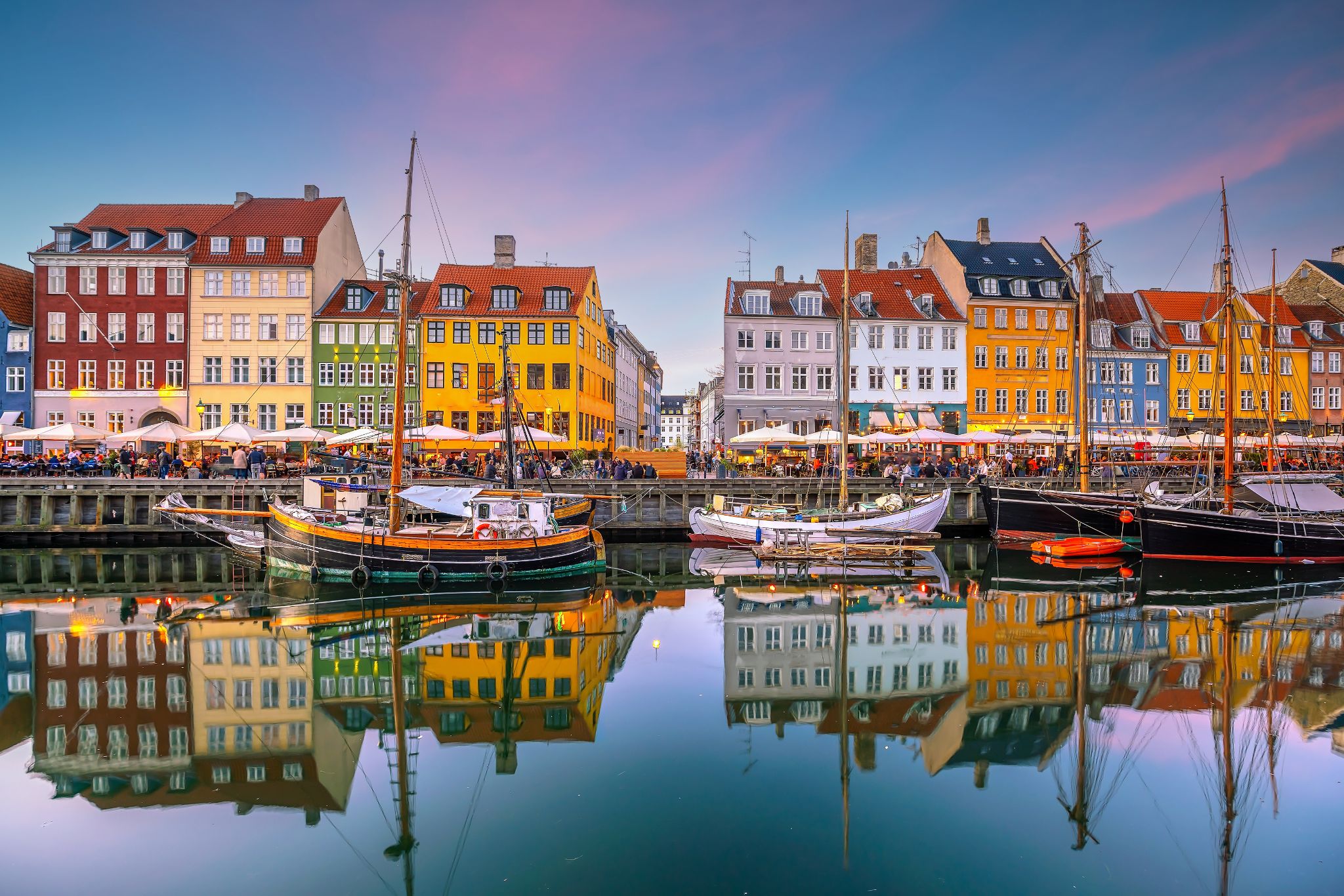
the capital and chief port of Denmark, a city that occupies the eastern part of Zealand and northern part of the island of Amager; population 518,574 (2009).
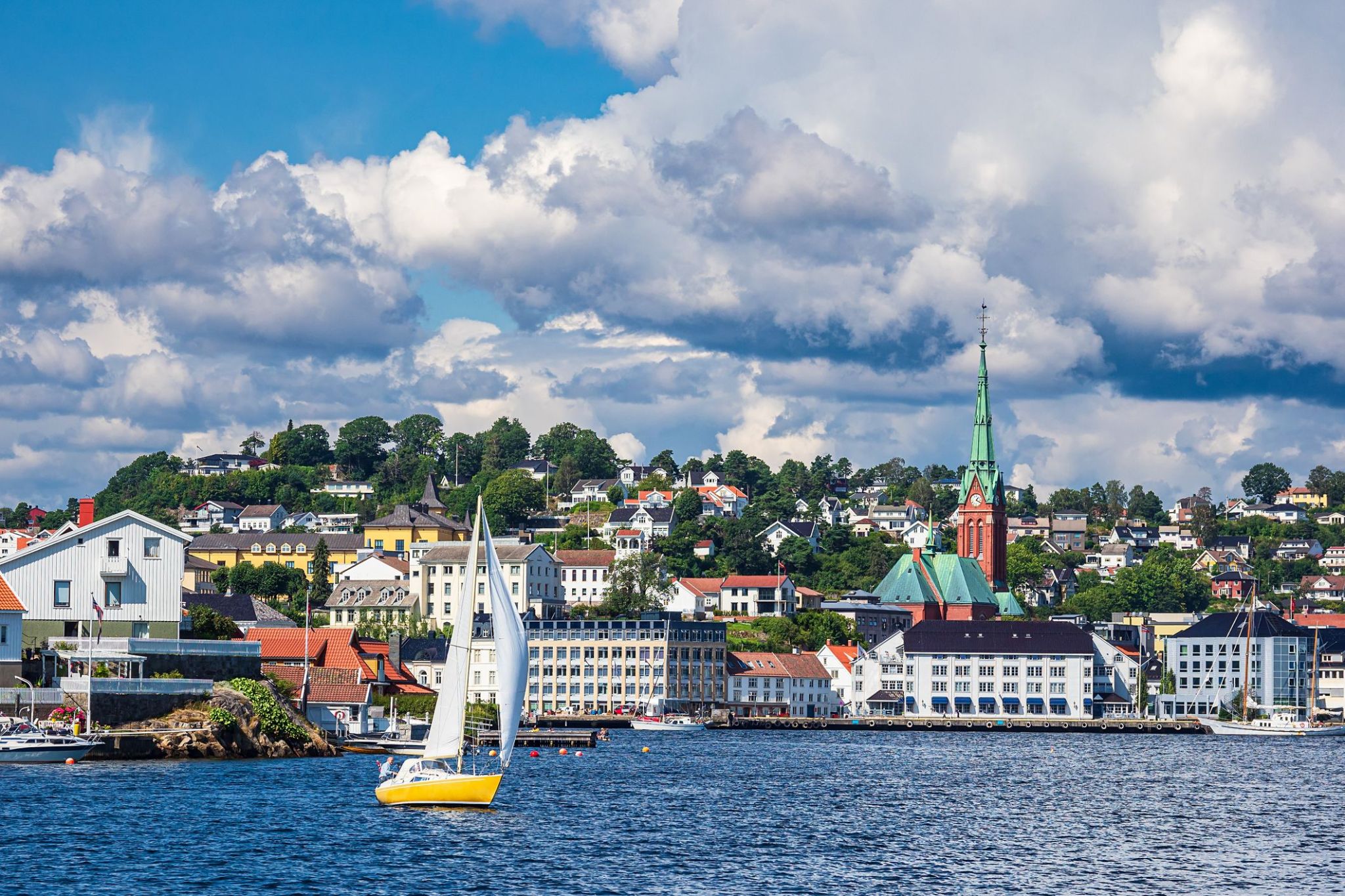
Położone na południowym wybrzeżu Norwegii, Arendal zachwyca przytulną nadmorską atmosferą i historycznym skandynawskim urokiem. To malownicze miasto portowe, słynące z kolorowych drewnianych domów i wąskich uliczek, jest idealne na spokojne spacery i poznanie norweskiego stylu życia. Dzielnica Trefoldigheten, jedna z najstarszych części mieszkalnych, zachowała domy z XVIII wieku.
Arendal przyciąga turystów swoimi morskimi festiwalami, muzeami oraz możliwością zwiedzania pobliskiego archipelagu łodzią. Latem miasto ożywa — jachty, kawiarnie na świeżym powietrzu i wystawy na wolnym powietrzu tworzą ciepłą i gościnną atmosferę. To miejsce, gdzie natura, historia i nowoczesność harmonijnie się łączą, oferując turystom prawdziwe kulturalne doświadczenie.
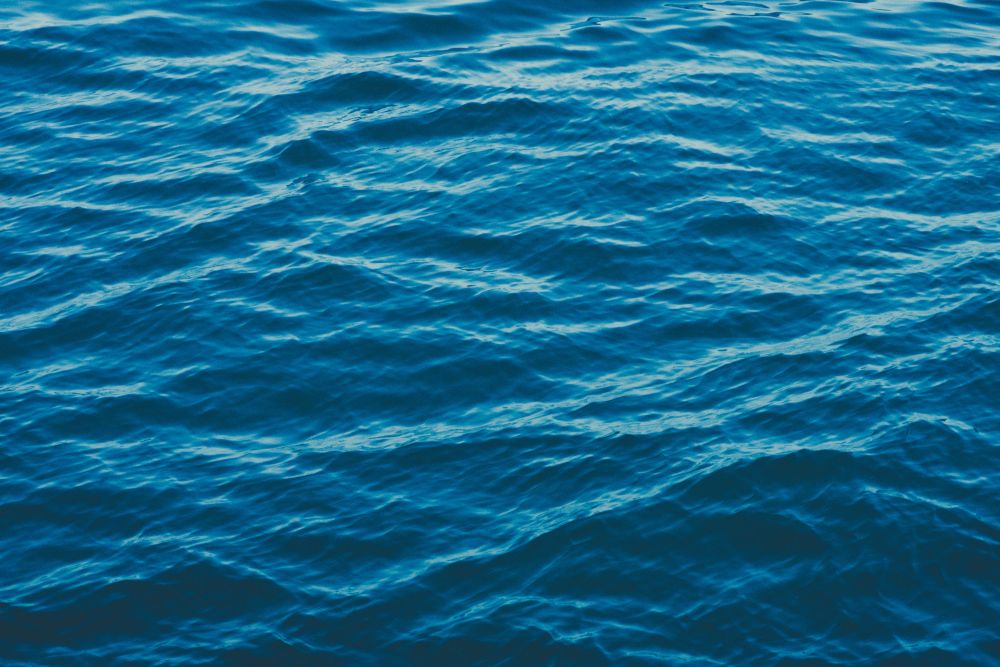

the capital of France, on the Seine River; population 2,203,817 (2006). Paris was held by the Romans, who called it Lutetia, and by the Franks, and was established as the capital in 987 under Hugh Capet. It was organized into three parts—the Île de la Cité (an island in the Seine), the Right Bank, and the Left Bank—during the reign of Philippe-Auguste 1180–1223. The city's neoclassical architecture dates from the modernization of the Napoleonic era, which continued under Napoleon III, when the bridges and boulevards of the modern city were built.
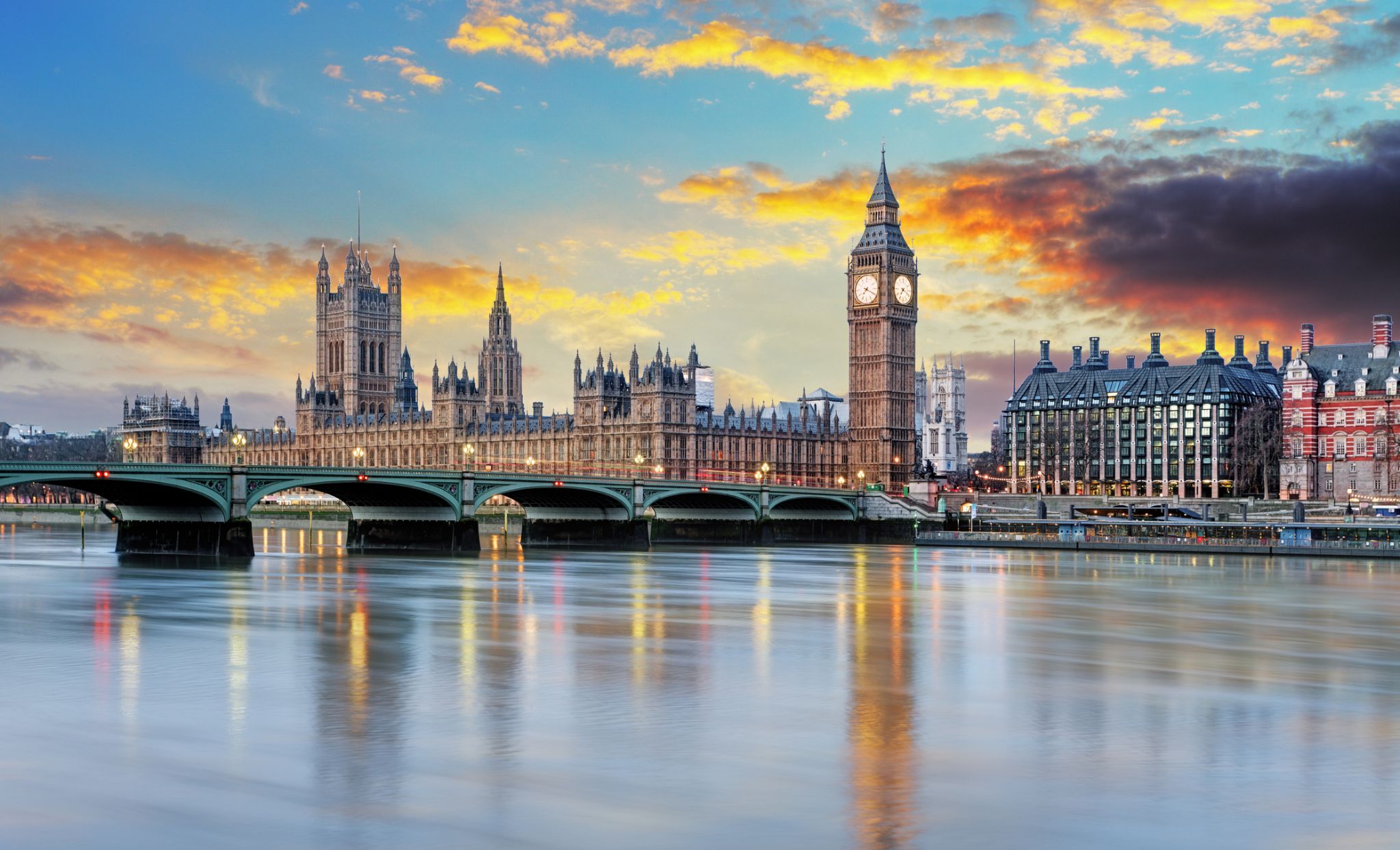


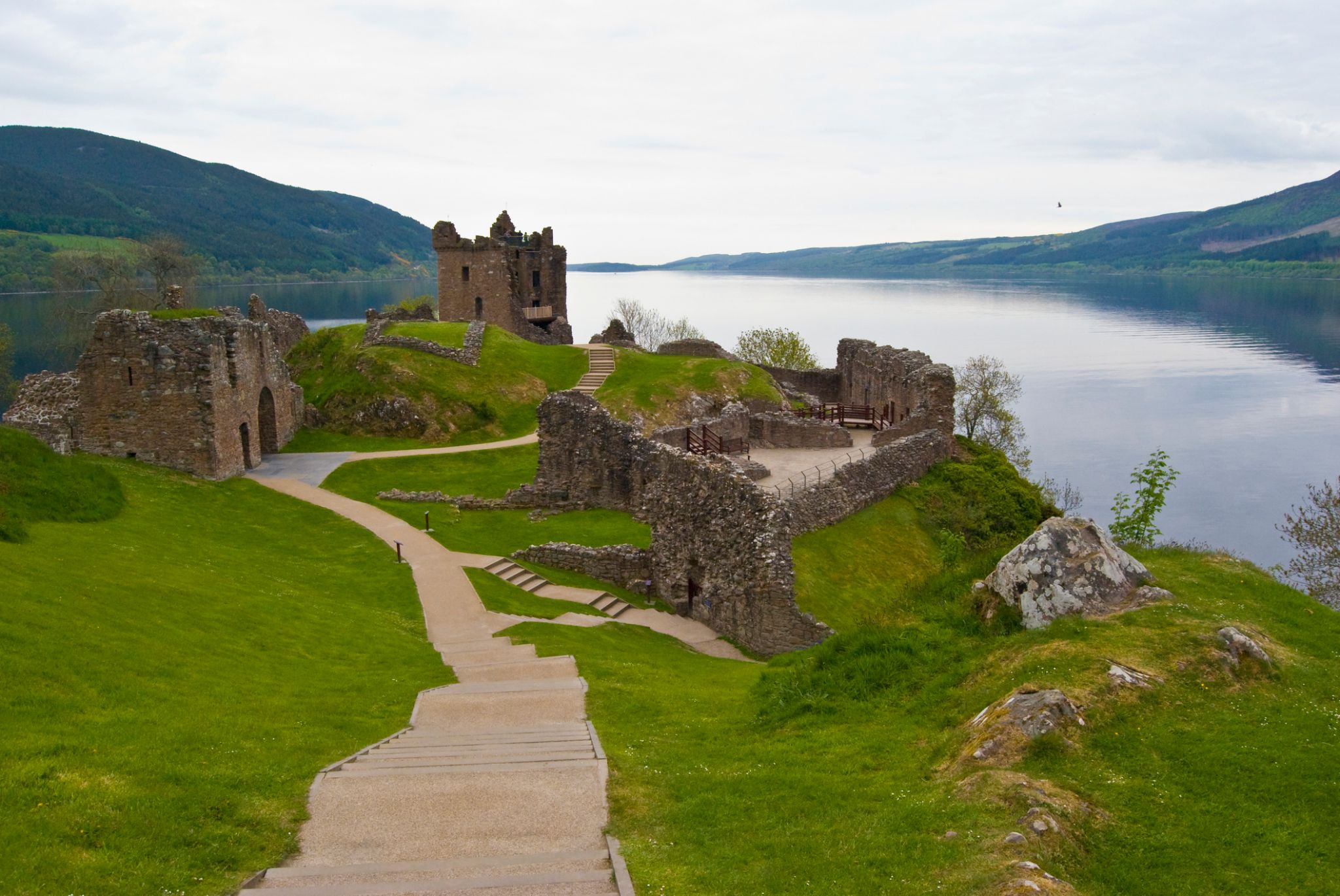
The town is well known for the Invergordon Mutiny of 1931. More recently it has also become known for the repair of oil rigs which line up in the Cromarty Firth on which the town is situated. In the 1970s and 1980s nearby Nigg was known for the construction of these rigs. The yard used for this is now attempting to re-establish itself as a fabricator of large offshore wind turbines and oil rig refurbishment since being purchased by Global Energy Group.
For a number of years Invergordon was the site of an aluminium smelter until 1981 when British Aluminium closed it down. The pipeline that covered the conveyor belt from the smelter to the BA pier was not dismantled until the early 2000s and the two large tanks still stand today as well as a water tower.
It still has a grain whisky distillery, operated by Philippines-owned whisky giant Whyte and Mackay, the output of which contributes to many blended whiskies. Connected to the distillery was the Invergordon Distillery Pipe Band.
At present the port is visited by many large cruise liners each year, as the deep water port allows disembarkation for coach tours in the northern Highlands.
Since the 1970s some would perceive the town as a 'Glasgow colony', since many workers were recruited from southern Scotland to work in the oil rig fabrication and aluminium smelting industries. As a result, the residents' accents often show more influence from Glasgow, than the surrounding Easter Ross dialect of Highland Englishalthough this has changed in recent years.
In recent years Global Energy Group have been expanding, with the purchase of the Nigg fabrication yard it has also brought much appreciated work to Invergordon's Docks with the town again full of oil company workers through the day.

Stornoway to główne miasto i port wyspy Lewis, wchodzącej w skład Zewnętrznych Hebrydów w Szkocji, będące ważnym centrum kulturowym i gospodarczym regionu. Miasto, liczące około 5 tysięcy mieszkańców, zachowuje urok tradycyjnego życia gaelickiego, łącząc go z nowoczesnymi udogodnieniami. Stornoway słynie z portu rybackiego, który jest jednym z największych w Szkocji, a także z produkcji tweedu Harris — unikalnej tkaniny, wytwarzanej ręcznie przez lokalnych rzemieślników.
Turyści przyjeżdżają do Stornoway, aby cieszyć się spokojną atmosferą, malowniczymi widokami na Ocean Atlantycki i zwiedzać zabytki historyczne, takie jak zamek Lews — wiktoriańską budowlę otoczoną pięknym parkiem. Miasto stanowi także doskonałą bazę wypadową do odkrywania naturalnych piękności wyspy, w tym kamiennych kręgów Calanais, starożytnych monumentów i piaszczystych plaż. Stornoway to idealne miejsce dla tych, którzy szukają spokojnego wypoczynku, interesują się historią celtycką i chcą poczuć autentyczne życie szkockiej prowincji.
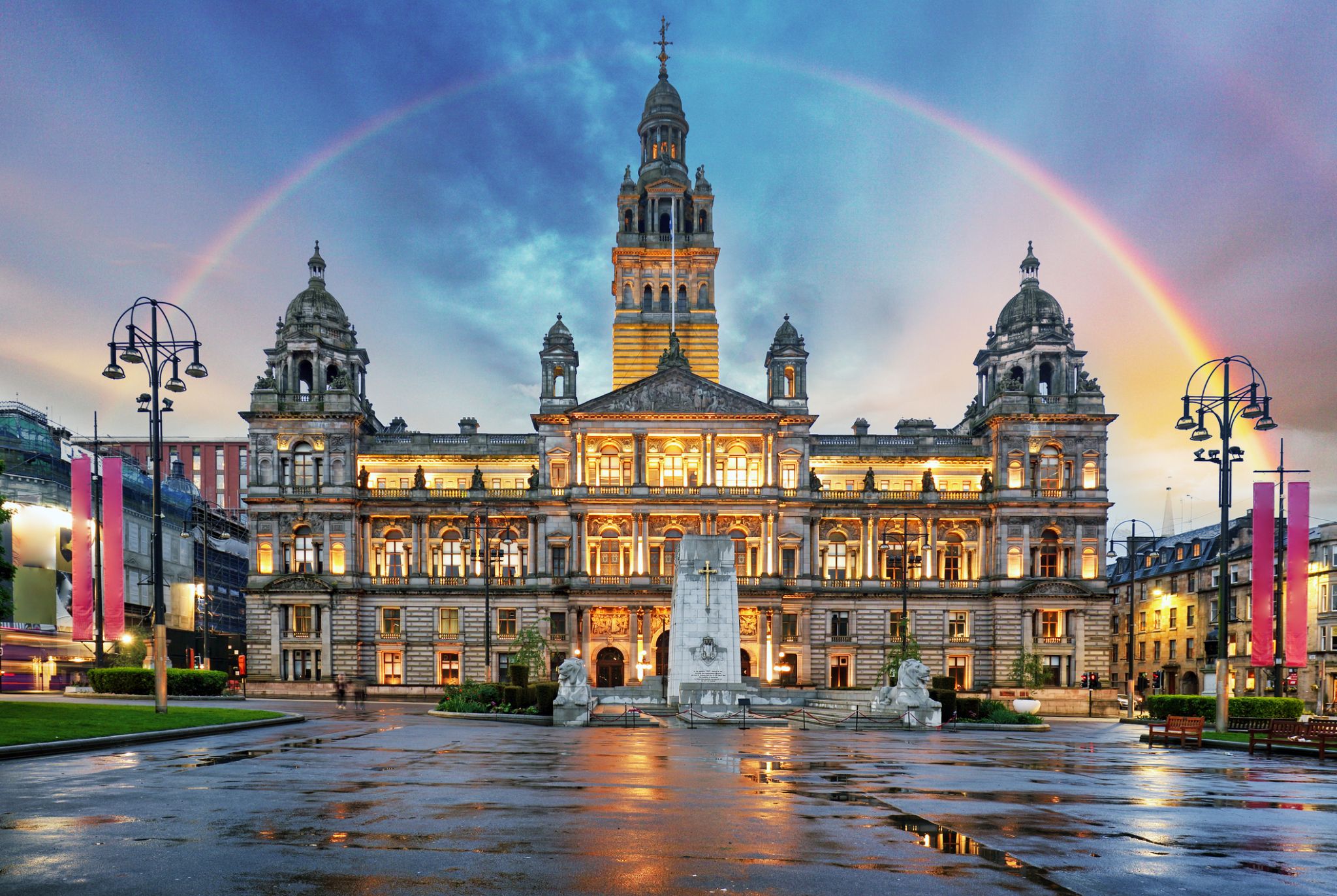
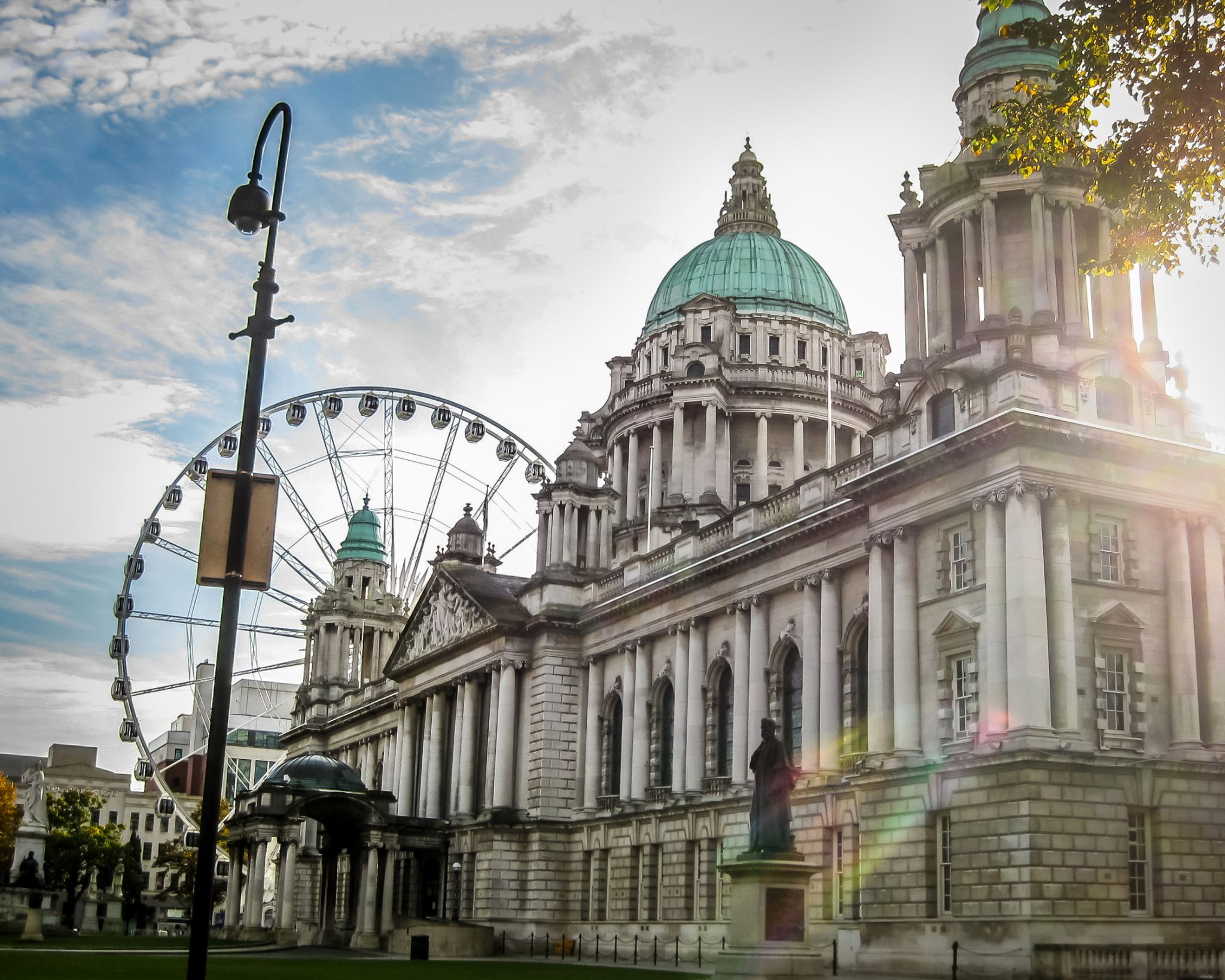
Belfast is a port city in the United Kingdom and the capital city of Northern Ireland, on the banks of the River Lagan on the east coast of Ireland. It is the largest city in Northern Ireland and second largest on the island of Ireland. It had a population of 333,871 in 2015.
By the early 1800s Belfast was a major port. It played a key role in the Industrial Revolution, becoming the biggest linen producer in the world, earning it the nickname "Linenopolis". By the time it was granted city status in 1888, it was a major centre of Irish linen production, tobacco-processing and rope-making. Shipbuilding was also a key industry; the Harland and Wolff shipyard, where the RMS Titanic was built, was the world's biggest shipyard. It also has a major aerospace and missiles industry. Industrialisation and the inward migration it brought made Belfast Ireland's biggest city and it became the capital of Northern Ireland following the Partition of Ireland in 1922. Its status as a global industrial centre ended in the decades after the Second World War.
Belfast suffered greatly in the Troubles, and in the 1970s and 1980s was one of the world's most dangerous cities. However, the city is now considered to be one of the safest within the United Kingdom. Throughout the 21st century, the city has seen a sustained period of calm, free from the intense political violence of former years and has benefitted from substantial economic and commercial growth. Belfast remains a centre for industry, as well as the arts, higher education, business, and law, and is the economic engine of Northern Ireland. Belfast is still a major port, with commercial and industrial docks dominating the Belfast Lough shoreline, including the Harland and Wolff shipyard. It is served by two airports: George Best Belfast City Airport, and Belfast International Airport 15 miles (24 km) west of the city. It is listed by the Globalization and World Cities Research Network (GaWC) as a Gamma global city.

Dublin is the capital of, and largest city in, Ireland. It is on the east coast of Ireland, in the province of Leinster, at the mouth of the River Liffey, and is bordered on the south by the Wicklow mountains. It has an urban area population of 1,173,179, while the population of the Dublin Region (formerly County Dublin), as of 2016, was 1,347,359, and the population of the Greater Dublin area was 1,904,806.
There is archaeological debate regarding precisely where Dublin was established by Celtic-speaking people in the 7th century AD. Later expanded as a Viking settlement, the Kingdom of Dublin, the city became Ireland's principal settlement following the Norman invasion. The city expanded rapidly from the 17th century and was briefly the second largest city in the British Empire before the Acts of Union in 1800. Following the partition of Ireland in 1922, Dublin became the capital of the Irish Free State, later renamed Ireland.
Dublin is a historical and contemporary centre for education, the arts, administration and industry. As of 2018 the city was listed by the Globalization and World Cities Research Network (GaWC) as a global city, with a ranking of "Alpha -", which places it amongst the top thirty cities in the world.
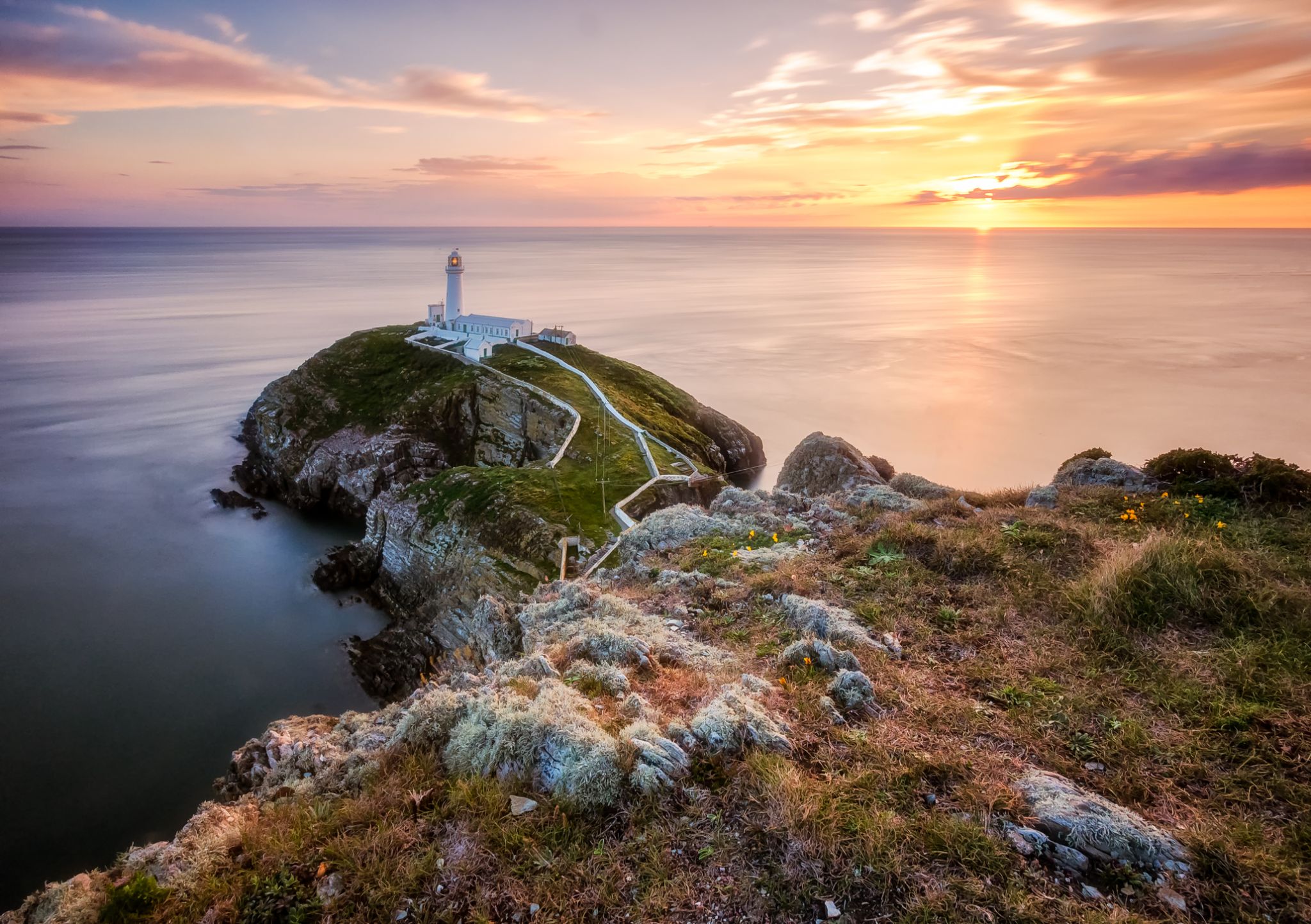

Cork is a city in south-west Ireland, in the province of Munster, which had a population of 125,657 in 2016.
The city is on the River Lee which splits into two channels at the western end and divides the city centre into islands. They reconverge at the eastern end where the quays and docks along the river banks lead outwards towards Lough Mahon and Cork Harbour, one of the largest natural harbours in the world.
Expanded by Viking invaders around 915, the city's charter was granted by Prince John, as Lord of Ireland, in 1185. Cork city was once fully walled, and the remnants of the old medieval town centre can be found around South and North Main streets.
The third largest city on the island of Ireland, the city's cognomen of "the rebel city" originates in its support for the Yorkist cause in the Wars of the Roses. Corkonians often refer to the city as "the real capital", a reference to its opposition to the Anglo-Irish Treaty in the Irish Civil War.
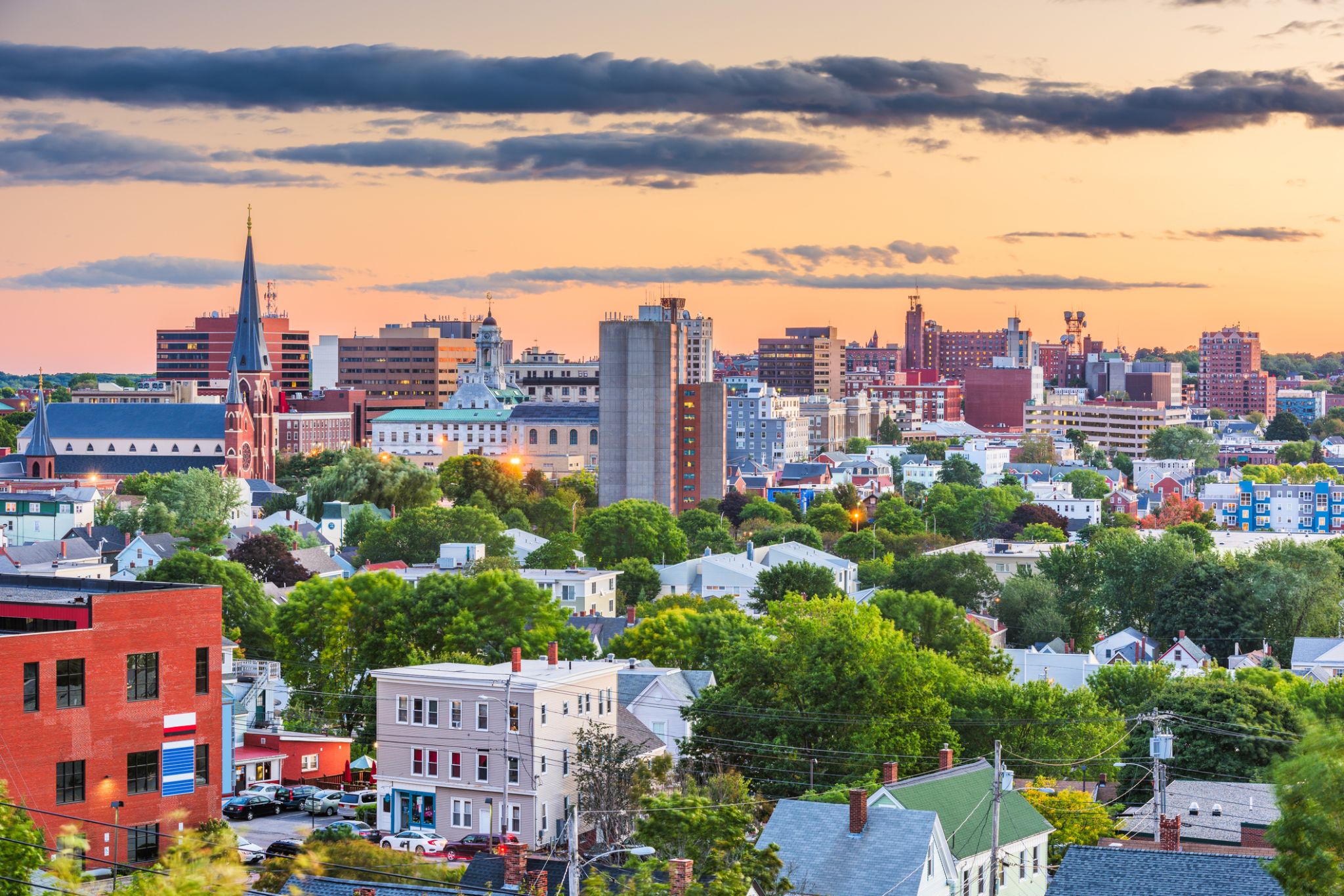

the capital of France, on the Seine River; population 2,203,817 (2006). Paris was held by the Romans, who called it Lutetia, and by the Franks, and was established as the capital in 987 under Hugh Capet. It was organized into three parts—the Île de la Cité (an island in the Seine), the Right Bank, and the Left Bank—during the reign of Philippe-Auguste 1180–1223. The city's neoclassical architecture dates from the modernization of the Napoleonic era, which continued under Napoleon III, when the bridges and boulevards of the modern city were built.

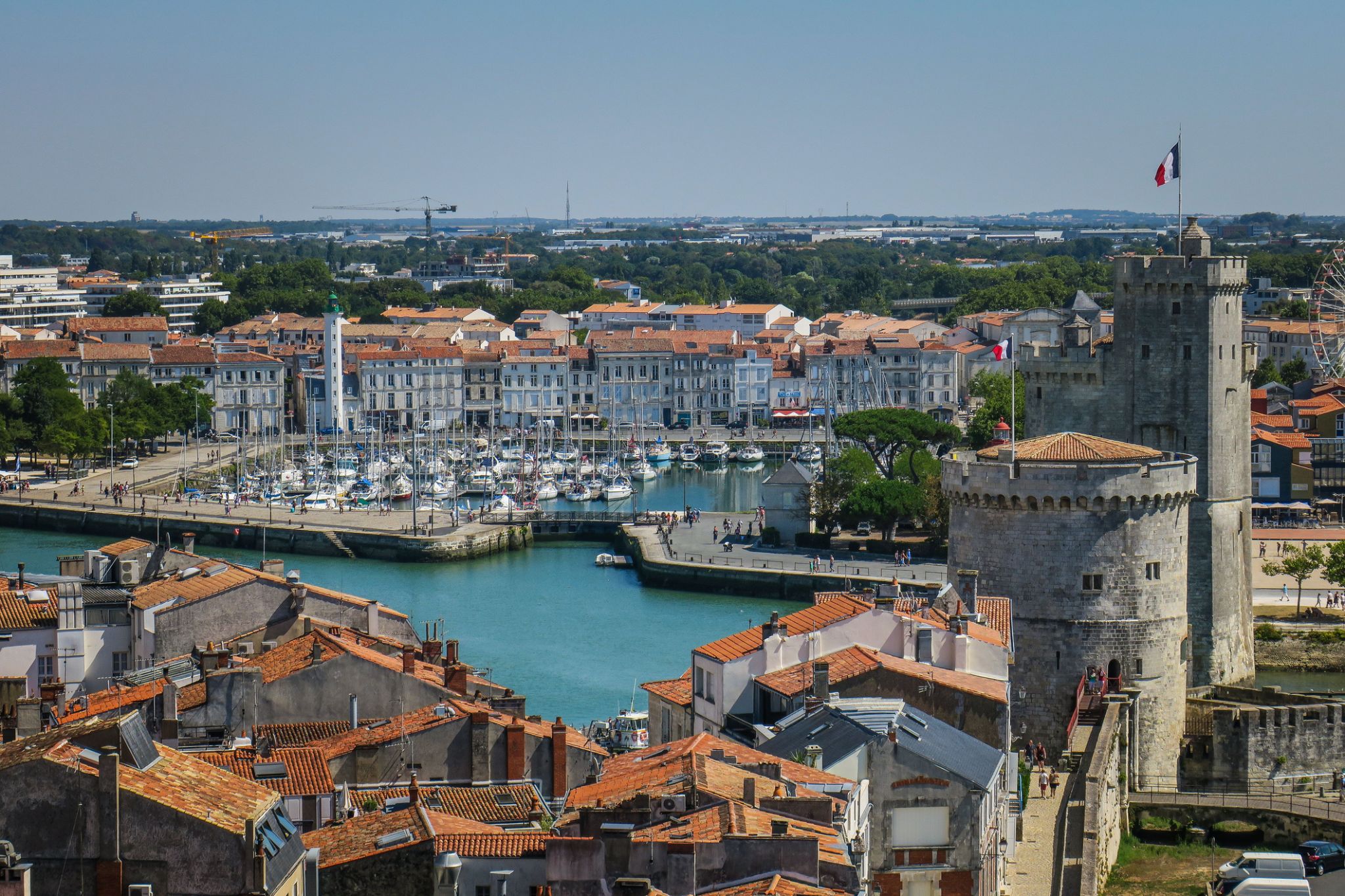
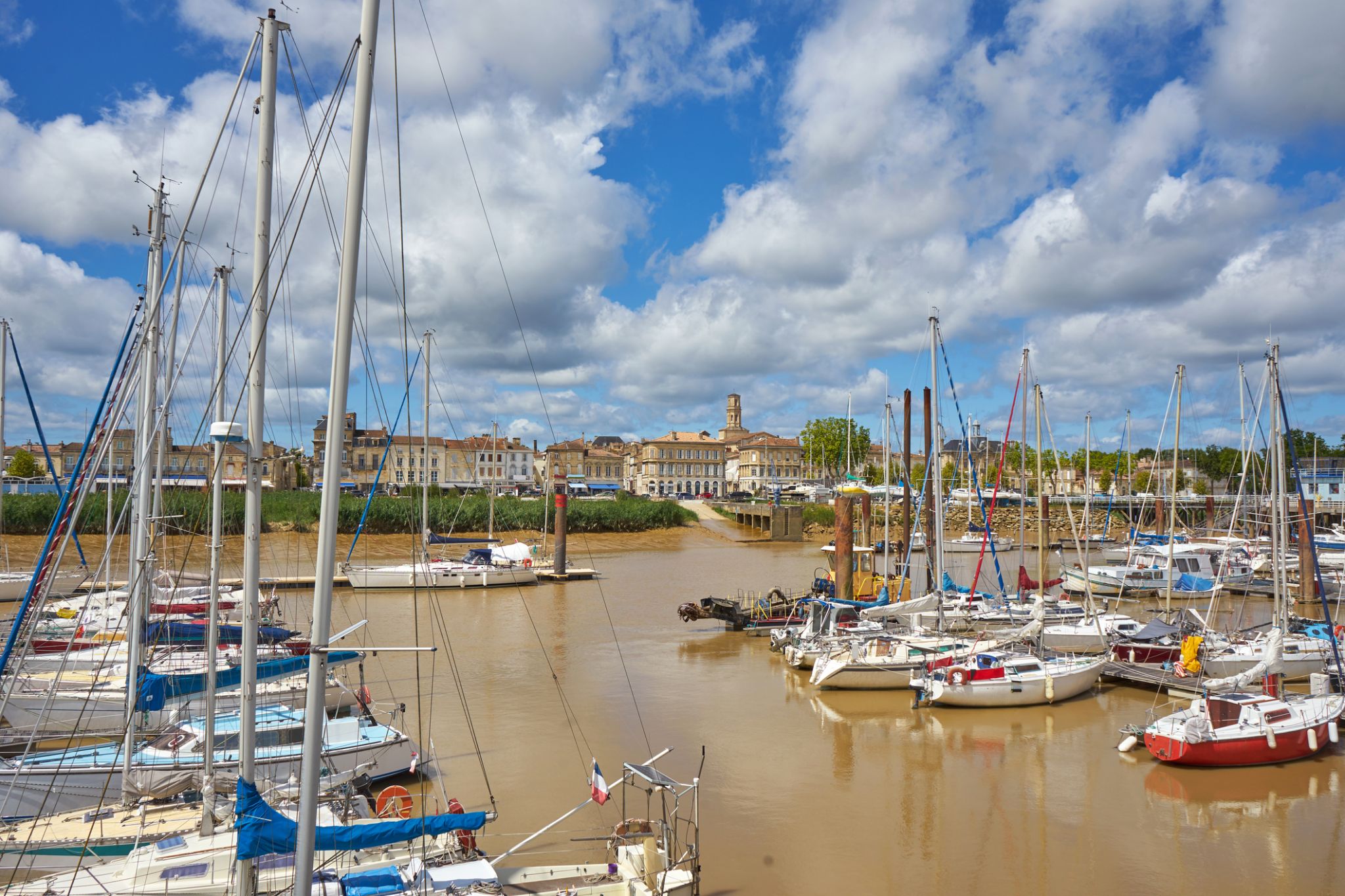
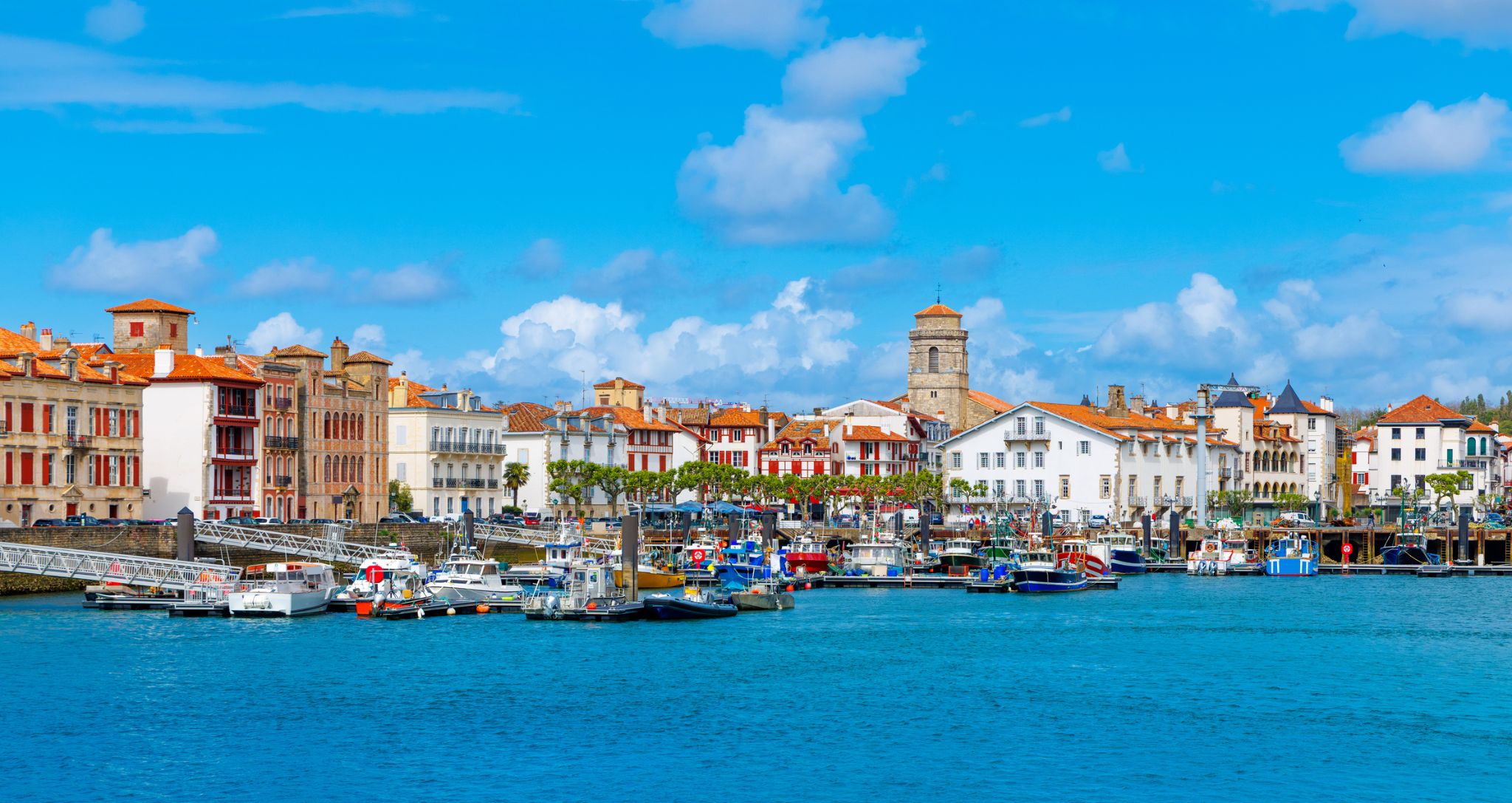
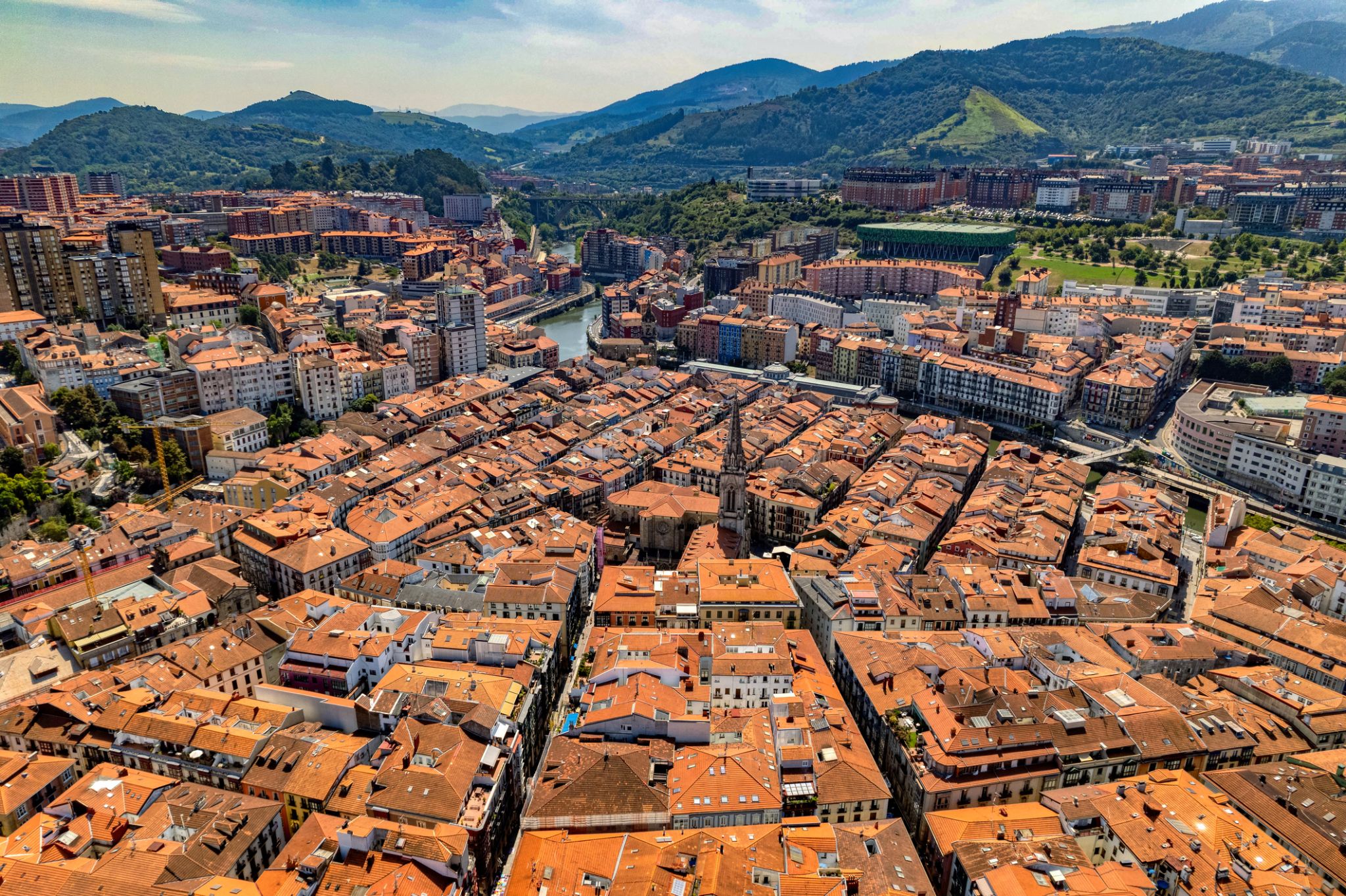
Bilbao is a city in northern Spain, the largest city in the province of Biscay and in the Basque Country as a whole. It is also the largest city proper in northern Spain. Bilbao is the tenth largest city in Spain, with a population of 345,141 as of 2015. The Bilbao metropolitan area has roughly 1 million inhabitants, making it one of the most populous metropolitan areas in northern Spain; with a population of 875,552 the comarca of Greater Bilbao is the fifth-largest urban area in Spain. Bilbao is also the main urban area in what is defined as the Greater Basque region.
Bilbao is situated in the north-central part of Spain, some 16 kilometres (10 mi) south of the Bay of Biscay, where the economic social development is located, where the estuary of Bilbao is formed. Its main urban core is surrounded by two small mountain ranges with an average elevation of 400 metres (1,300 ft). Its climate is shaped by the Bay of Biscay low-pressure systems and mild air, moderating summer temperatures by Iberian standards, with low sunshine and high rainfall. The annual temperature range is low for its latitude.
After its foundation in the early 14th century by Diego López V de Haro, head of the powerful Haro family, Bilbao was a commercial hub of the Basque Country that enjoyed significant importance in Green Spain. This was due to its port activity based on the export of iron extracted from the Biscayan quarries. Throughout the nineteenth century and the beginning of the twentieth, Bilbao experienced heavy industrialisation, making it the centre of the second-most industrialised region of Spain, behind Barcelona. At the same time an extraordinary population explosion prompted the annexation of several adjacent municipalities. Nowadays, Bilbao is a vigorous service city that is experiencing an ongoing social, economic, and aesthetic revitalisation process, started by the iconic Bilbao Guggenheim Museum, and continued by infrastructure investments, such as the airport terminal, the rapid transit system, the tram line, the Azkuna Zentroa, and the currently under development Abandoibarra and Zorrozaurrerenewal projects.
Bilbao is also home to football club Athletic Club de Bilbao, a significant symbol for Basque nationalism due to its promotion of only Basque players and one of the most successful clubs in Spanish football history.
On 19 May 2010, the city of Bilbao was recognised with the Lee Kuan Yew World City Prize, awarded by the city state of Singapore, in collaboration with the Swedish Nobel Academy. Considered the Nobel Prize for urbanism, it was handed out on 29 June 2010. On 7 January 2013, its mayor, Iñaki Azkuna, received the 2012 World Mayor Prize awarded every two years by the British foundation The City Mayors Foundation, in recognition of the urban transformation experienced by the Biscayan capital since the 1990s. On 8 November 2017, Bilbao was chosen the Best European City 2018 at The Urbanism Awards 2018, awarded by the international organisation The Academy of Urbanism.

Na malowniczym wybrzeżu Zatoki Biskajskiej w hiszpańskim regionie Asturii położone jest urokliwe miasto Gijón, które zachwyca odwiedzających unikalnym połączeniem kultury, przyrody i gastronomii. Tutaj można spacerować po malowniczych plażach San Lorenzo, odwiedzać liczne muzea sztuki współczesnej oraz spróbować słynnego asturyjskiego cydru w tradycyjnych „chigres”.
Gijón to idealne miejsce dla tych, którzy cenią sobie połączenie historii i nowoczesnego życia. Poza pięknymi plażami i przytulnymi uliczkami miasto słynie z barwnych festiwali, takich jak Festiwal Morza i Festiwal Piosenki, które dodają podróży wyjątkowych wrażeń. Dla aktywnych turystów dostępne są różnorodne sporty wodne oraz szlaki piesze z zapierającymi dech w piersiach widokami na wybrzeże.
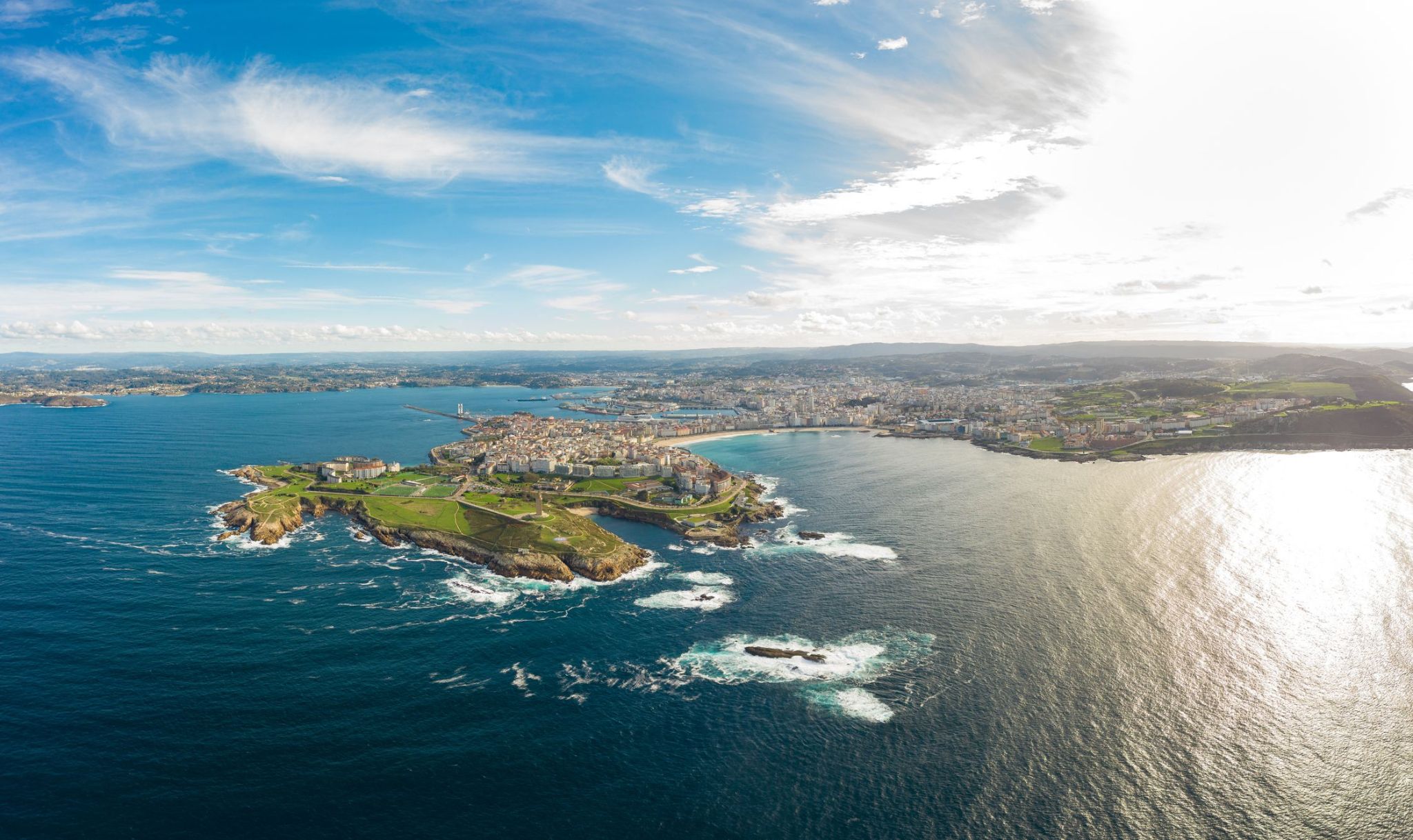
Podróżnicy odnajdują w La Coruña idealne miejsce do poczucia atmosfery atlantyckiego wybrzeża Hiszpanii, gdzie nowoczesne promenady spotykają się z historycznymi zabytkami i przytulnymi plażami. Miasto słynie z najstarszej działającej rzymskiej latarni morskiej na świecie – Wieży Herkulesa, zbudowanej prawie 2000 lat temu, która wciąż wskazuje drogę statkom. Można tu spacerować jedną z najdłuższych promenad w Europie, podziwiając oceaniczne widoki i świeży wiatr.
W La Coruña goście odkrywają bogatą galicyjską kulturę kulinarną z owocami morza, które serwowane są w tradycyjnych barach tapas oraz nowoczesnych restauracjach. Lokalne targi zachwycają świeżymi produktami, a życie kulturalne miasta wypełniają festiwale, wystawy i muzyka na żywo na ulicach. To miejsce oferuje podróżnym unikalne połączenie historycznej głębi, morskich krajobrazów i ciepłej hiszpańskiej atmosfery, pozostawiając po podróży poczucie lekkości i inspiracji.
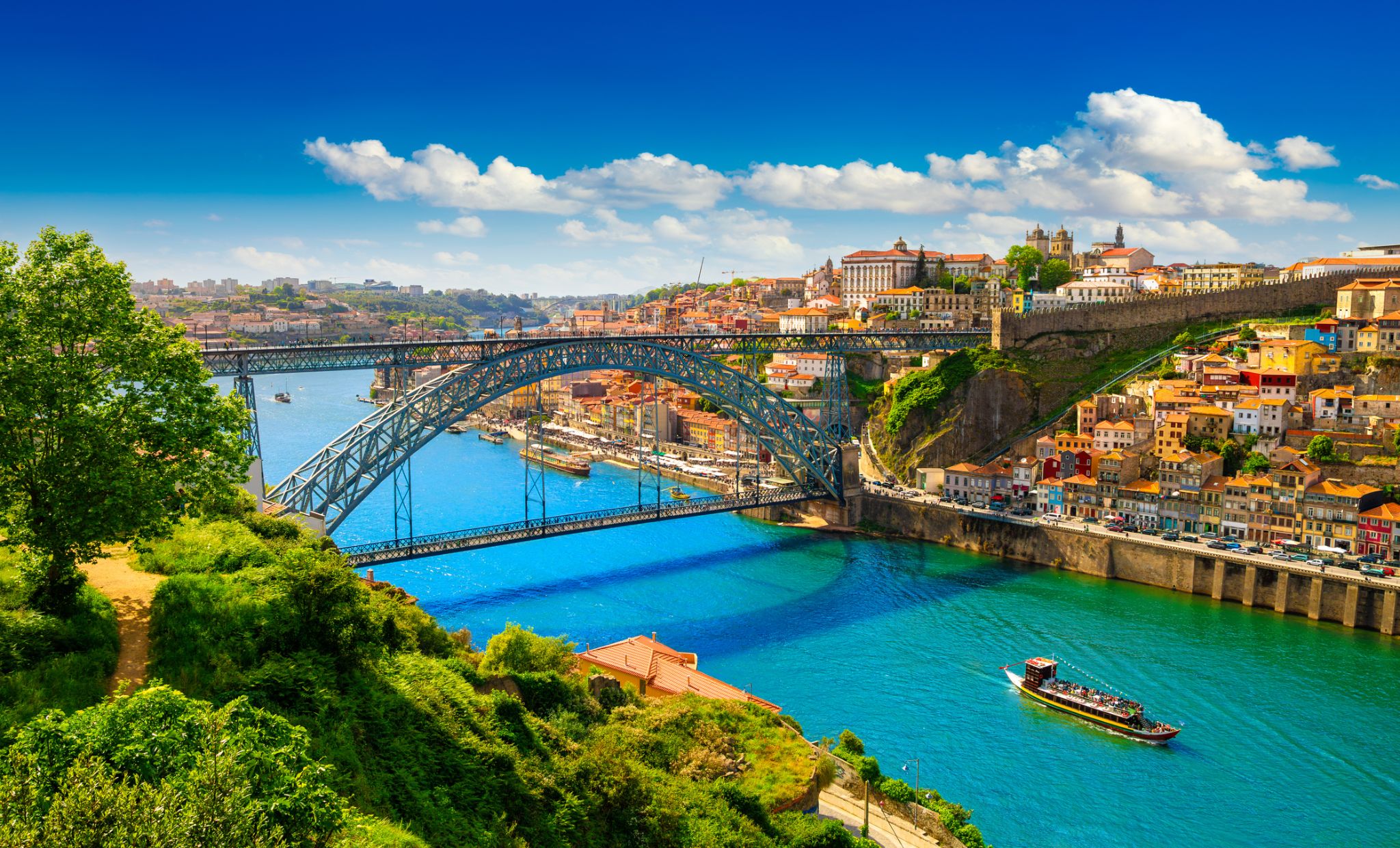
Порту является вторым по величине городом Португалии после Лиссабона и одним из крупных городских районов Пиренейского полуострова. Население самого города составляет 237 591 человек, а в столичном районе Порту, который выходит за административные пределы города, проживает 1,9 миллиона человек (2011 год) на площади 2 395 км2 (925 кв. Миль), что делает его вторым самый большой городской район в Португалии. Он признан глобальным городом гамма-уровня Исследовательской группой по глобализации и глобальным городам (GaWC), единственным португальским городом, кроме Лиссабона, который был признан глобальным городом.
Расположенный вдоль устья реки Дору на севере Португалии, Порту является одним из старейших европейских центров, и его историческое ядро было объявлено ЮНЕСКО объектом Всемирного наследия в 1996 году. Западная часть его городской территории простирается до береговой линии Атлантического океана. Его поселение датируется много веков, когда он был форпостом Римской империи. Его объединенное кельтско-латинское имя, Portus Cale, было названо происхождением названия «Португалия», основанного на транслитерации и устной эволюции от латыни. На португальском языке название города пишется с определенной статьей о Порту ; следовательно, его английское название произошло от неправильного толкования устного произношения и упоминается как Опорто в современной литературе и многими ораторами.
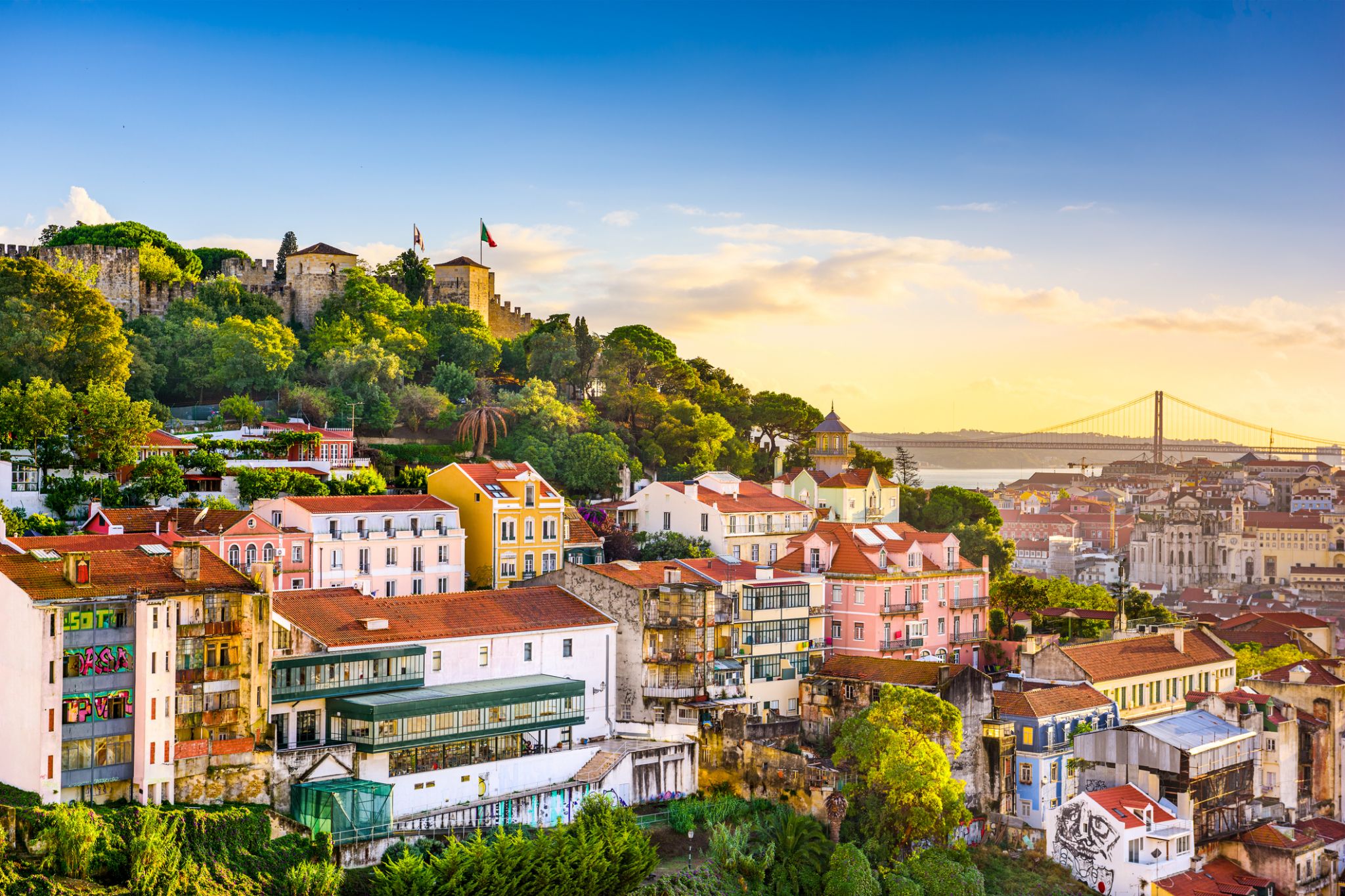
Lizbona jest stolicą i największym miastem Portugalii, z szacowaną populacją 505 526 mieszkańców w granicach administracyjnych na obszarze 100,05 km². Jej obszar miejski rozciąga się poza granice administracyjne miasta i liczy około 2,8 miliona mieszkańców, co czyni go jedenastym najbardziej zaludnionym obszarem miejskim w Unii Europejskiej. Około 3 milionów ludzi mieszka w aglomeracji lizbońskiej (która stanowi około 27% populacji kraju). Jest to najbardziej wysunięta na zachód stolica kontynentalnej Europy i jedyna położona nad Oceanem Atlantyckim. Lizbona leży na zachodnim Półwyspie Iberyjskim nad Oceanem Atlantyckim i rzeką Tag. Najbardziej wysunięte na zachód obszary jej aglomeracji tworzą najbardziej wysunięty na zachód punkt kontynentalnej Europy, znany jako Cabo da Roca, położony w górach Sintra.


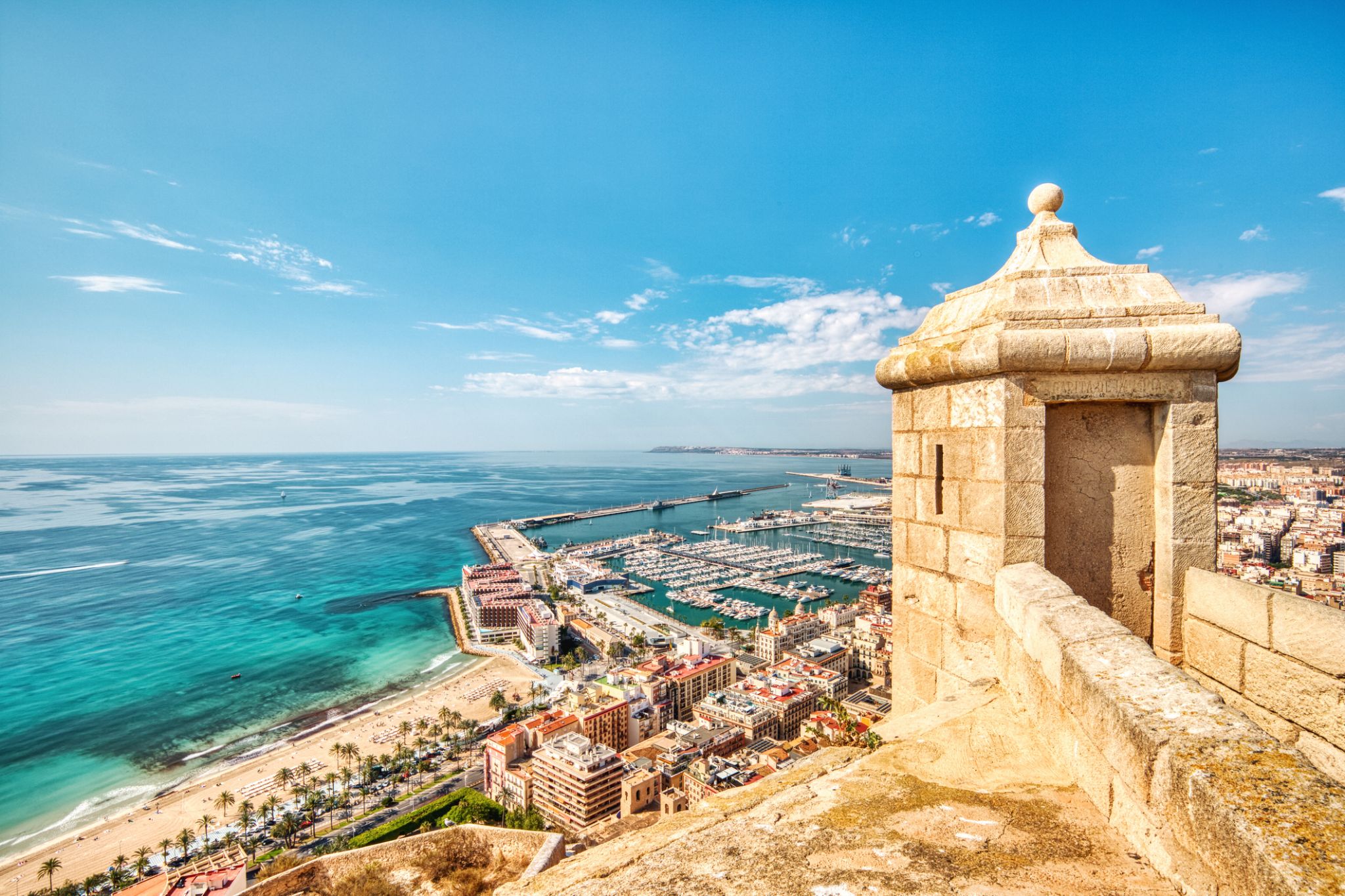
Alicante, or Alacant , both the Spanish and Valencian being official names, is a city and port in Spain on the Costa Blanca, the capital of the province of Alicante and of the comarca of Alacantí, in the south of the Valencian Community. It is also a historic Mediterranean port. The population of the city of Alicante proper was 330,525, estimated as of 2016, ranking as the second-largest Valencian city. Including nearby municipalities, the Alicante conurbation had 452,462 residents. The population of the metropolitan area (including Elche and satellite towns) was 757,085 as of 2014 estimates, ranking as the eighth-largest metropolitan area of Spain.
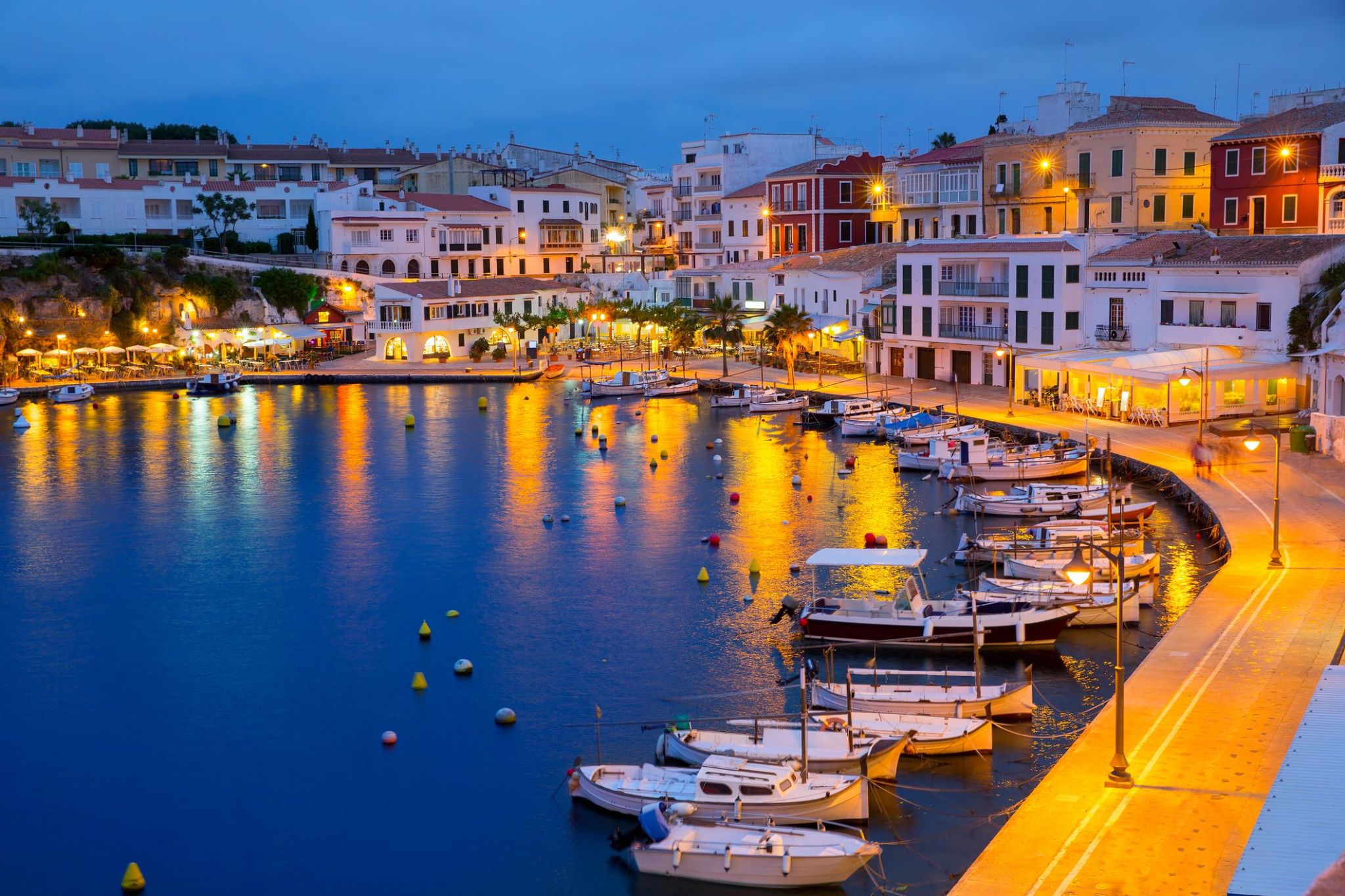
Lazurowe wody i historyczne fortyfikacje sprawiają, że Port Mahón na Minorce to wyjątkowe miejsce, które przyciąga podróżników z całego świata. Ten port uważany jest za jeden z najgłębszych naturalnych portów na świecie, a jego długość ponad 5 km pozwala podziwiać majestatyczne krajobrazy z promenad lub podczas rejsów łodzią. Po drodze można zobaczyć eleganckie budynki w stylu georgiańskim, przypominające o brytyjskich wpływach na wyspie, oraz przytulne kawiarnie z zapachem świeżo parzonej kawy i tradycyjnych menorcańskich ensaimadas.
Port Mahón oferuje wyjątkową możliwość połączenia rejsu łodzią z odkrywaniem zabytków, w tym starej twierdzy La Mola i małej wyspy ze szpitalem z XVIII wieku, na którą można dopłynąć łodzią. Dla miłośników atmosfery śródziemnomorskich miasteczek port oferuje wąskie uliczki z rzemieślniczymi sklepikami, świeże owoce morza w restauracjach nad wodą oraz poczucie spokoju, jakie Minorka daje każdemu gościowi.
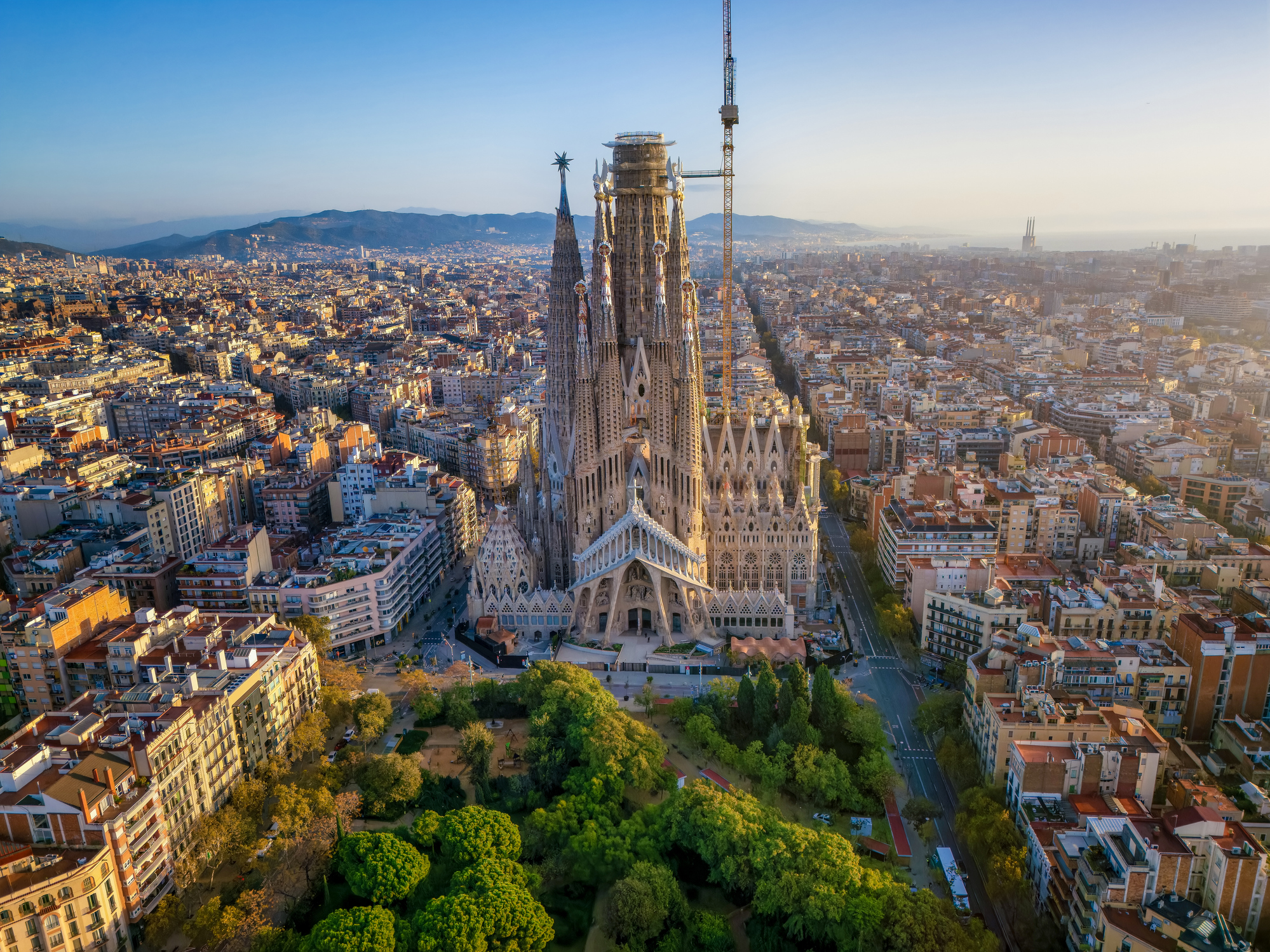
Mając reputację jednego z najatrakcyjniejszych miast w Europie, Barcelona świętuje swoją rolę stolicy Katalonii. Kosmopolityczna i międzynarodowa atmosfera miasta sprawia, że jest to ulubione miejsce wielu ludzi na całym świecie. Miasto jest szczególnie znane ze swojej architektury i sztuki – podróżnicy z całego świata przybywają, aby zobaczyć słynną Sagrada Familia i inne modernistyczne zabytki zaprojektowane przez Gaudiego.
Barcelona to miasto z licznymi i oryginalnymi możliwościami spędzania czasu wolnego, które sprawiają, że chcesz tu wracać. Położona na wybrzeżu Morza Śródziemnego Barcelona słynie z arcydzieł Gaudiego i architektury secesyjnej: jest jednym z najbardziej stylowych miast europejskich.
Miasto jest ośrodkiem nowych trendów w świecie kultury, mody i gastronomii. Dopełnieniem kreatywności artystów i projektantów jest ostrożne podejście do tradycyjnych placówek. Barcelona łączy w sobie urok i spokój historycznego centrum z awangardowymi nowoczesnymi dzielnicami i intensywnym tempem życia w jednym z najczęściej odwiedzanych miast na świecie.
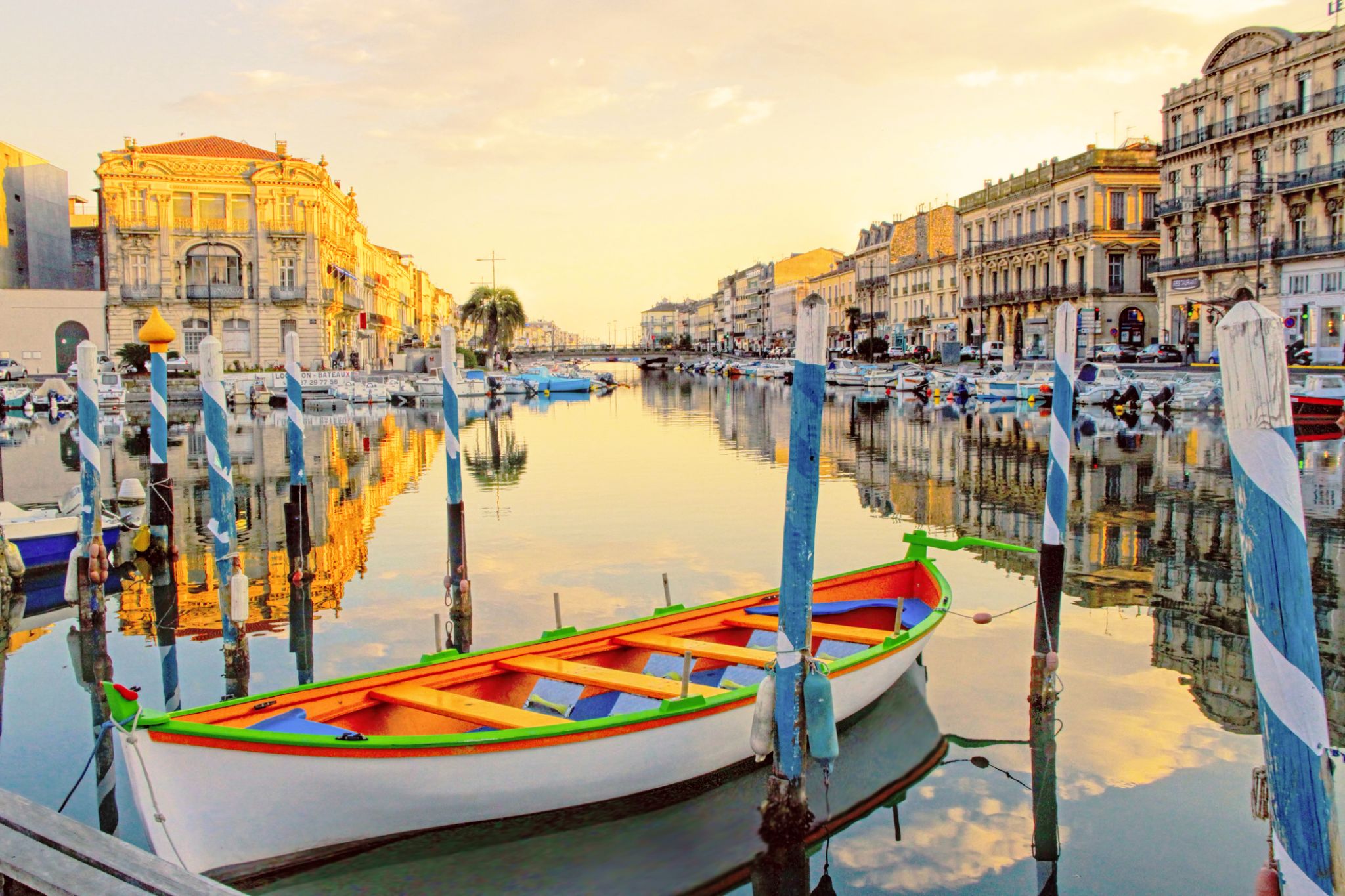
Miasto Sete, położone na południu Francji między laguną Thau a Morzem Śródziemnym, często nazywane jest „Wenecją Langwedocji” ze względu na malownicze kanały, po których pływają łodzie rybackie i wycieczkowe. Sète zostało założone w XVII wieku jako port dla Kanału Południowego (Canal du Midi) i do dziś pozostaje ważnym ośrodkiem rybołówstwa i handlu. Nad miastem góruje wzgórze Mont Saint-Clair, z którego roztacza się panoramiczny widok na słone mokradła i lazurowe wody zatoki.
Sète znane jest nie tylko ze swojego morskiego uroku, ale także z bogatego życia kulturalnego. To rodzinne miasto poety Paula Valéry’ego, którego imieniem nazwano muzeum i morski cmentarz, na którym został pochowany. Latem odbywają się tu wyjątkowe uroczystości — turnieje rycerskie na łodziach (joutes nautiques), tradycja sięgająca średniowiecza. Kuchnia lokalna słynie ze świeżych owoców morza, zwłaszcza ostryg i małży z laguny. Sète to miejsce, gdzie spotykają się duch Morza Śródziemnego, historia, gastronomia i poezja.

Toulon is a city in southern France and a large military harbour on the Mediterranean coast, with a major French naval base. Located in the Provence-Alpes-Côte d'Azur region, Toulon is the capital of the Var department.
The Commune of Toulon has a population of 165,514 people (2009), making it the fifteenth-largest city in France. It is the centre of an urban area with 559,421 inhabitants (2008), the ninth largest in France. Toulon is the fourth-largest French city on the Mediterranean coast after Marseille, Nice and Montpellier.
Toulon is an important centre for naval construction, fishing, wine making, and the manufacture of aeronautical equipment, armaments, maps, paper, tobacco, printing, shoes, and electronic equipment.
The military port of Toulon is the major naval centre on France's Mediterranean coast, home of the French aircraft carrier Charles de Gaulle and her battle group. The French Mediterranean Fleet is based in Toulon.
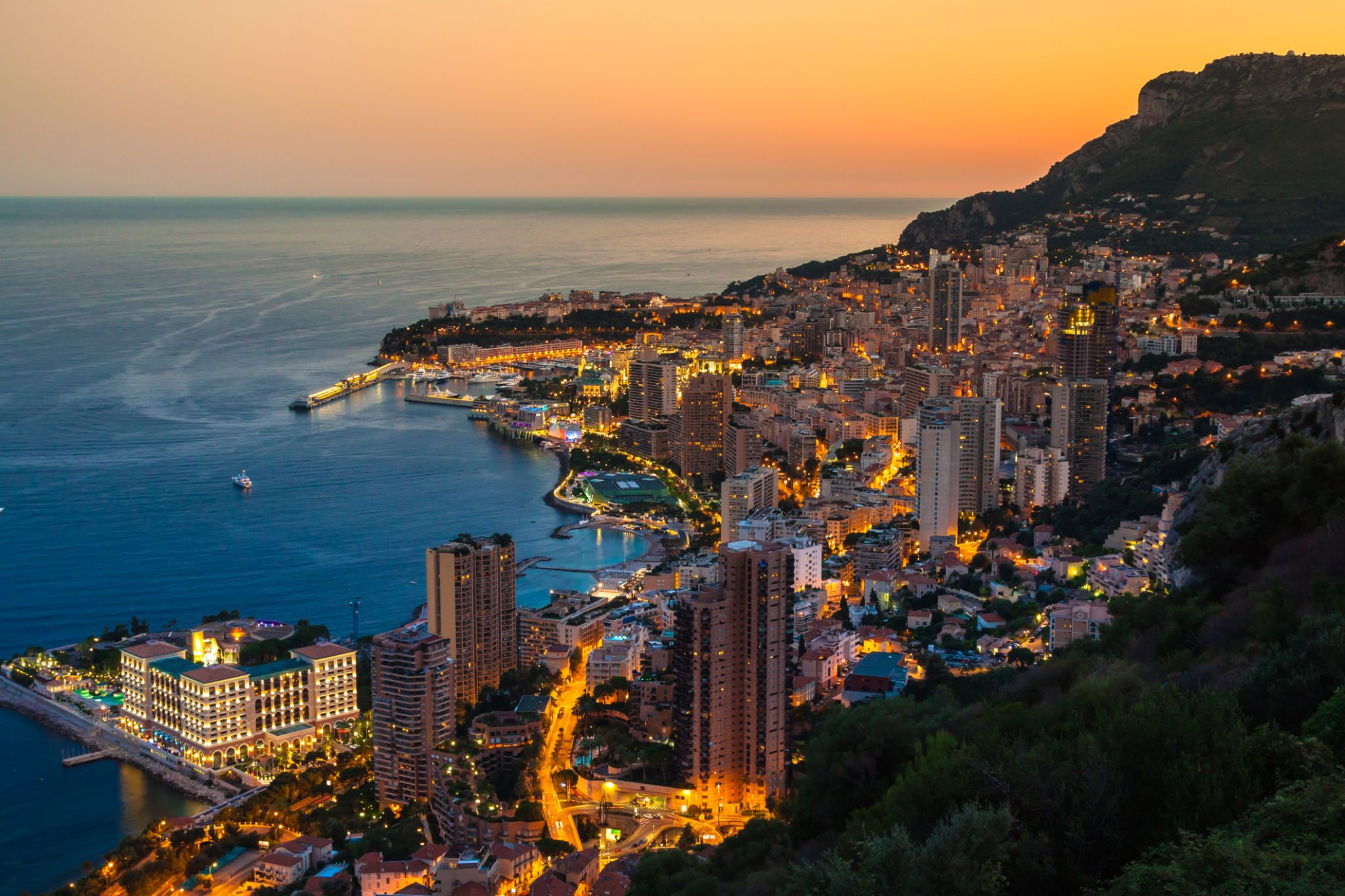
Monte Carlo officially refers to an administrative area of the Principality of Monaco, specifically the ward of Monte Carlo/Spélugues, where the Monte Carlo Casino is located. Informally the name also refers to a larger district, the Monte Carlo Quarter (corresponding to the former municipality of Monte Carlo), which besides Monte Carlo/Spélugues also includes the wards of La Rousse/Saint Roman, Larvotto/Bas Moulins, and Saint Michel. The permanent population of the ward of Monte Carlo is about 3,500, while that of the quarter is about 15,000. Monaco has four traditional quarters. From west to east they are: Fontvieille (the newest), Monaco-Ville (the oldest), La Condamine, and Monte Carlo.
Monte Carlo (literally "Mount Charles") is situated on a prominent escarpment at the base of the Maritime Alpsalong the French Riviera. Near the quarter's western end is the world-famous Place du Casino, the gamblingcenter which has made Monte Carlo "an international byword for the extravagant display and reckless dispersal of wealth". It is also the location of the Hôtel de Paris, the Café de Paris, and the Salle Garnier (the casino theatre which is the home of the Opéra de Monte-Carlo).
The quarter's eastern part includes the community of Larvotto with Monaco's only public beach, as well as its new convention center (the Grimaldi Forum), and the Monte-Carlo Bay Hotel & Resort. At the quarter's eastern border, one crosses into the French town of Beausoleil (sometimes referred to as Monte-Carlo-Supérieur), and just 8 kilometres (5 mi) to its east is the western border of Italy.





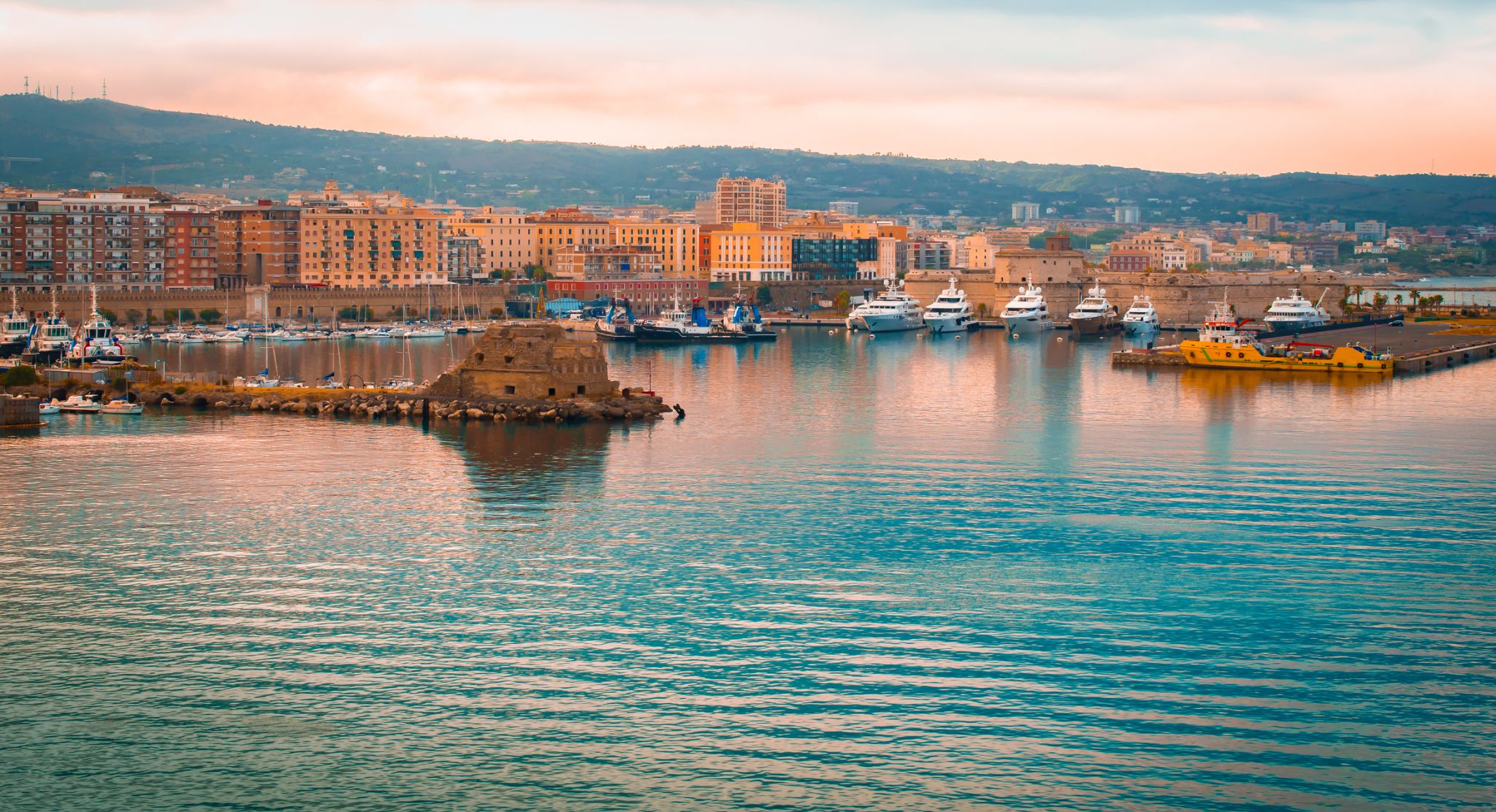
Rzym – jedno z najstarszych miast świata, niegdyś stolica Cesarstwa Rzymskiego, dziś stolica Włoch. Położony na siedmiu wzgórzach nad Tybrem, zachwyca pięknem i majestatem, którego nie da się oddać słowami – trzeba tu być. Każda rzeźba, fontanna czy budowla to dzieło sztuki pozostawione przez dawnych mistrzów. Najsłynniejsze atrakcje, które przyciągają turystów, to Koloseum – miejsce dawnych walk gladiatorów, Fontanna di Trevi, Schody Hiszpańskie, Bazylika św. Piotra – największy kościół Europy, a także Fora Cesarskie i Forum Romanum.
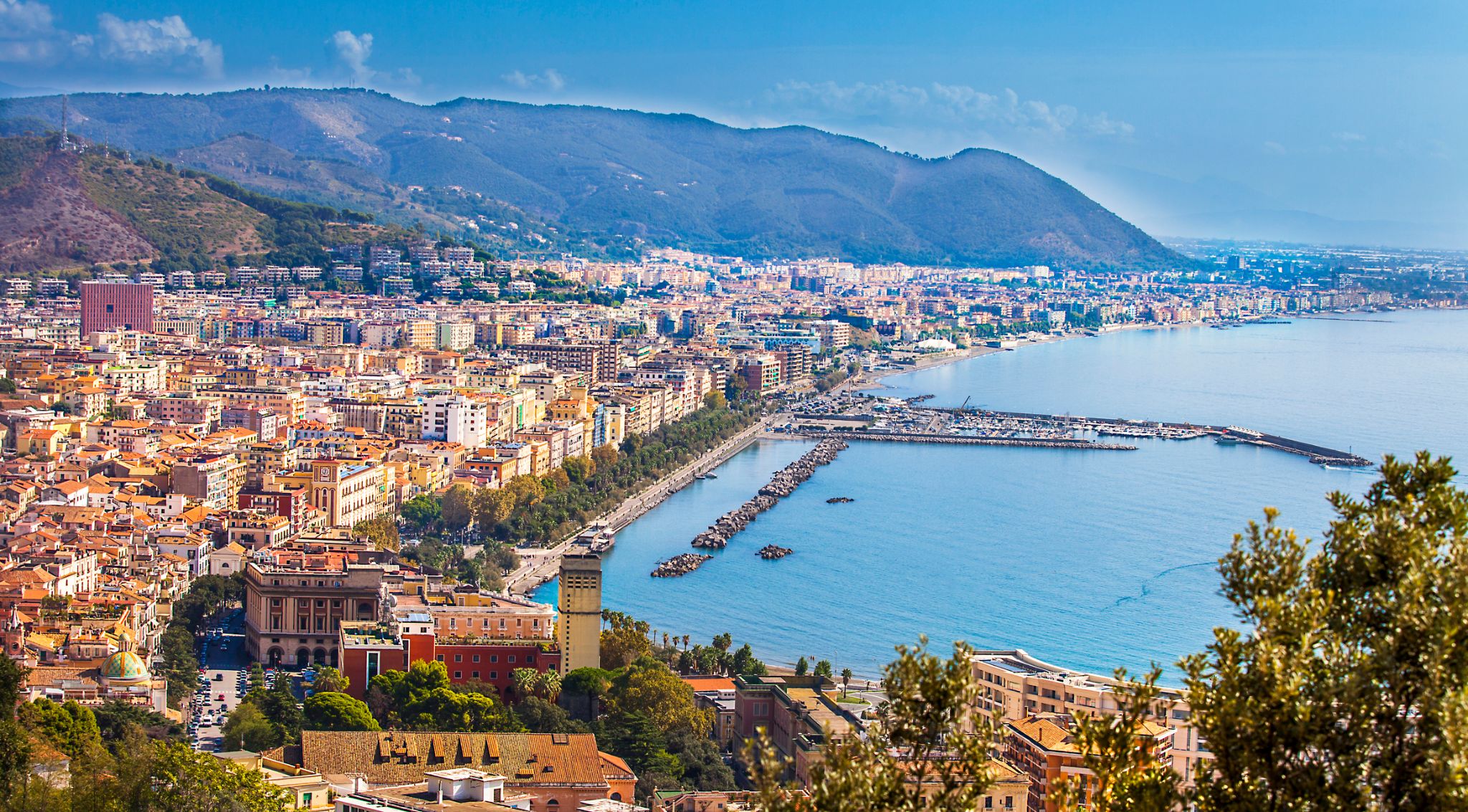
Salerno is one of the most popular seaside cities in Italy, intended for recreation at sea. The climate here is warm and mild, which is typical for all cities of the Neapolitan Riviera. Tourism in Salerno is at a high level, as the city is a rich historical and cultural center. Salerno contains many attractions interesting for lovers of history, art and culture.
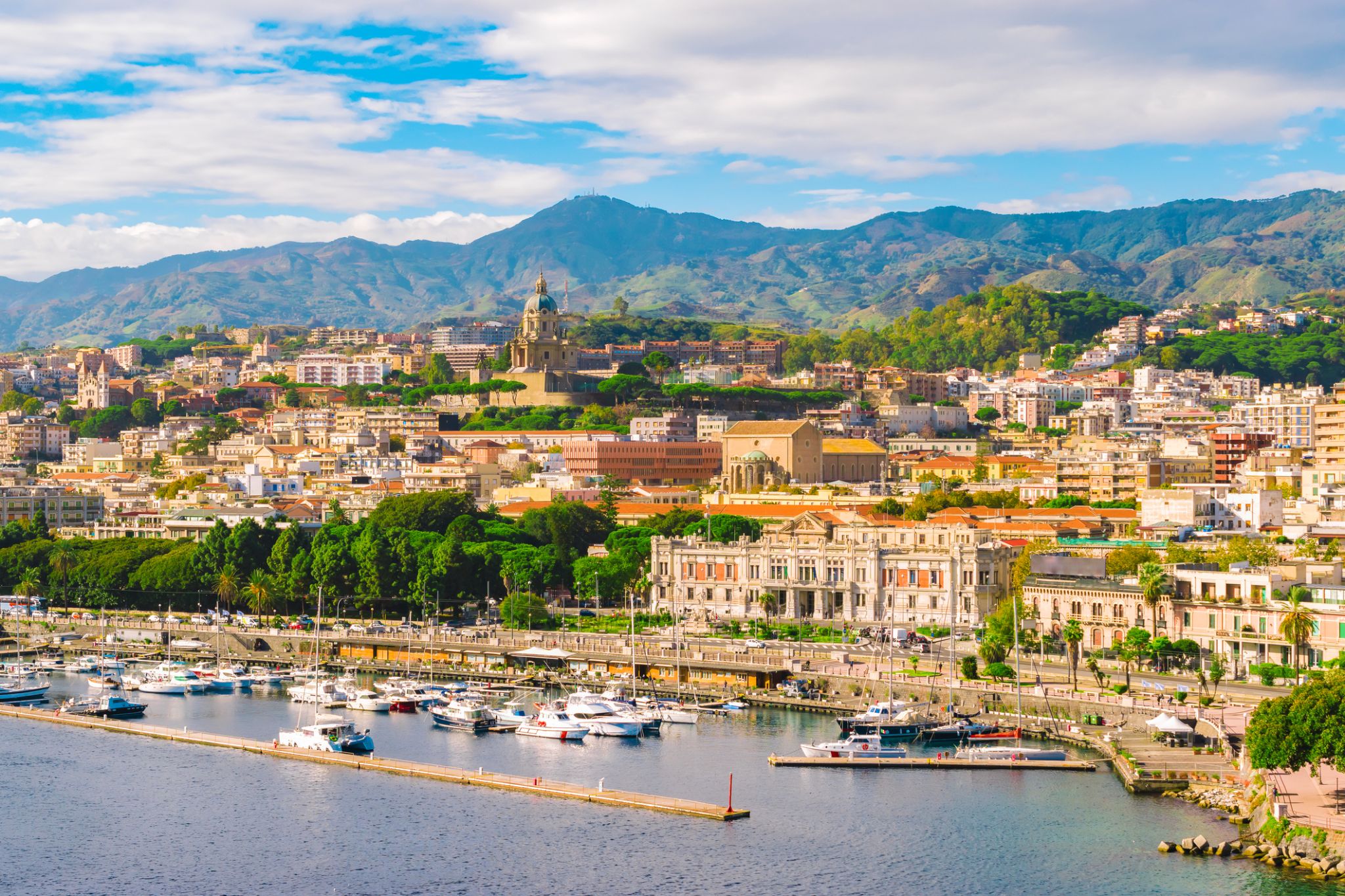
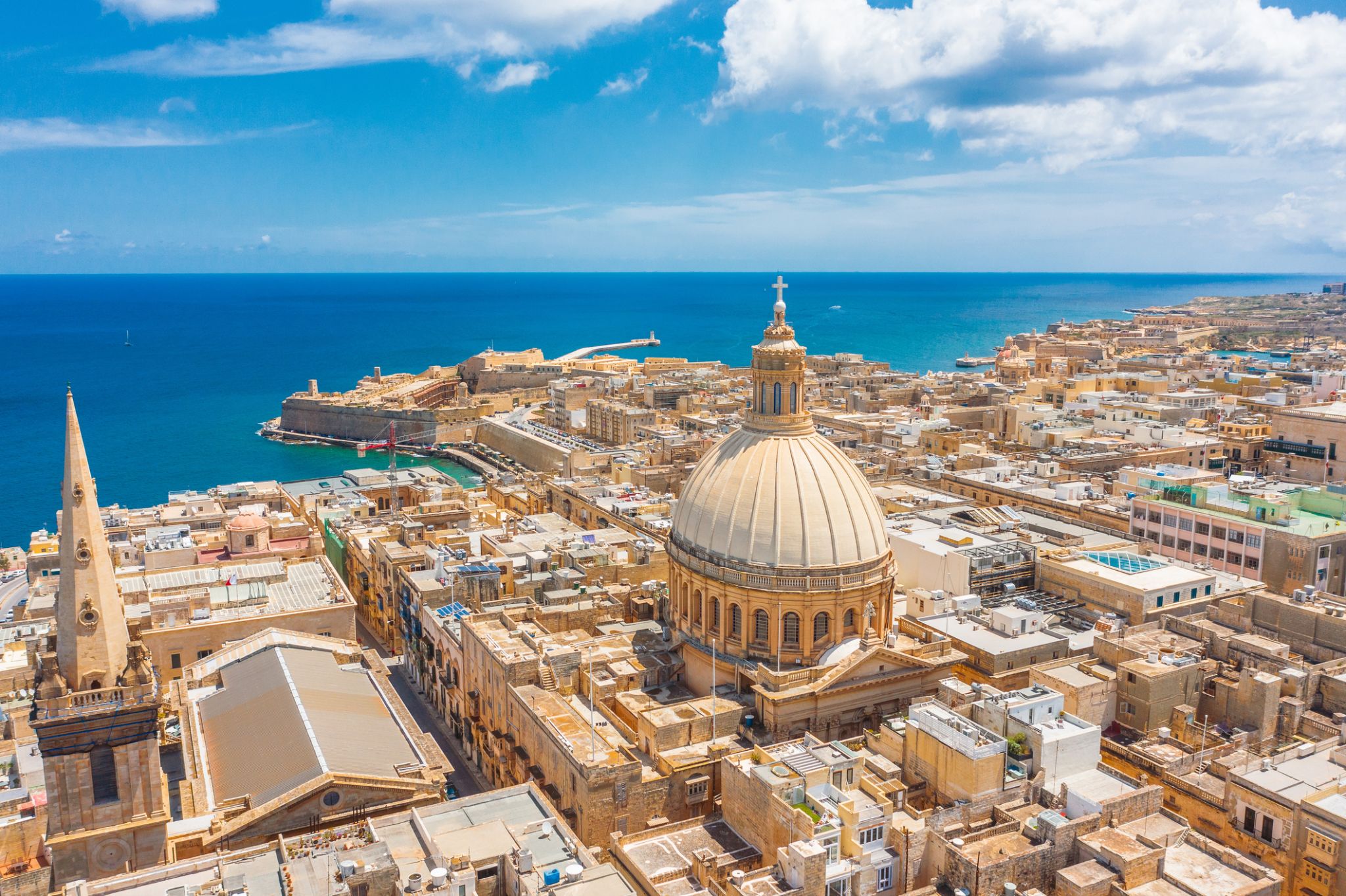
The capital of Malta - Valletta , is the first and almost the only city in Europe, which was once designed by architects and built according to all the rules and norms of construction. Valletta is considered to be one of the most beautiful cities on the Mediterranean. Klaipeda is on the list of the few remaining fortified towns. The center of the city is the Palace of the Grand Master of the Order of Malta, and today the residence of the President of the country, here is the seat of the Maltese Parliament. The list of places to visit in Valletta includes the Castilla Palace, the Admiralty (where the National Museum of Fine Arts is now located, with the largest painting collection in the country), a charming place in the city - the beautiful Hastings Gardens, and this is not the whole list of the riches of the capital of Malta .
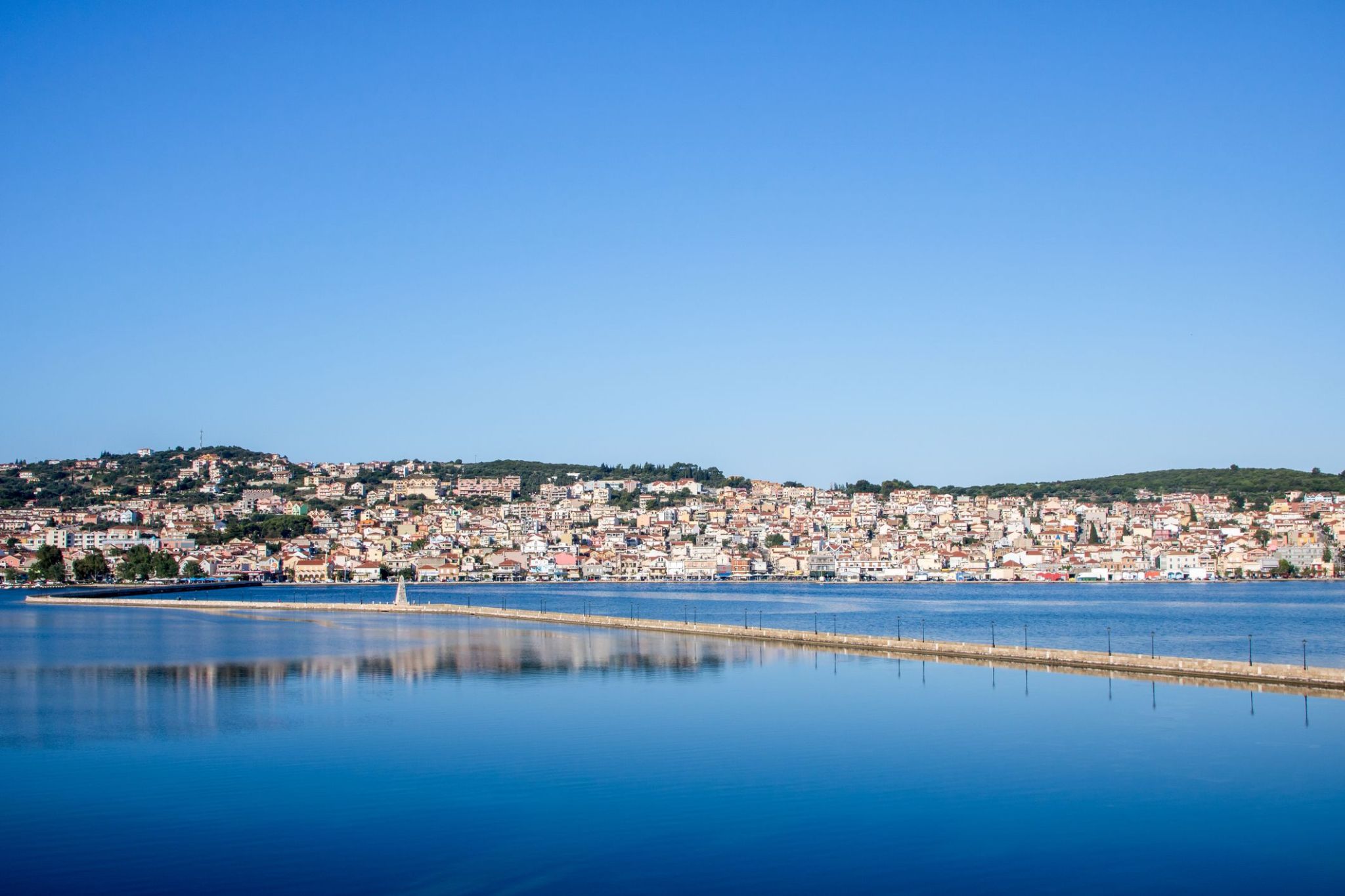
Argostoli to stolica Kefalonii, największej wyspy Archipelagu Jońskiego w Grecji. Miasto, położone na zachodnim wybrzeżu wyspy, słynie z malowniczych nadbrzeży, eleganckich kawiarni i neoklasycznych budynków. W Argostoli znajduje się także wiele historycznych zabytków, w tym Archeologiczne Muzeum Kefalonii oraz plac Valiianos, na którym można zobaczyć ślady zniszczeń pozostałe po trzęsieniu ziemi z 1953 roku, które niemal całkowicie zniszczyło miasto. Spacerując po ulicach, turyści mogą podziwiać harmonijne połączenie tradycyjnej greckiej architektury z nowoczesnością.
Miasto jest również doskonałą bazą wypadową do odkrywania naturalnych piękności Kefalonii. Zaledwie kilka kilometrów od Argostoli znajdują się znane plaże, takie jak Lourdas i Melissani, a także słynna jaskinia Dragonera, gdzie można podziwiać stalaktyty i stalagmity. Z Argostoli łatwo jest również udać się na wycieczki do unikalnych rezerwatów przyrody, takich jak rezerwat żółwi, w którym żyją rzadkie morskie żółwie Caretta caretta. Miasto to idealne miejsce do połączenia turystyki kulturalnej z odkrywaniem naturalnych cudów wyspy.
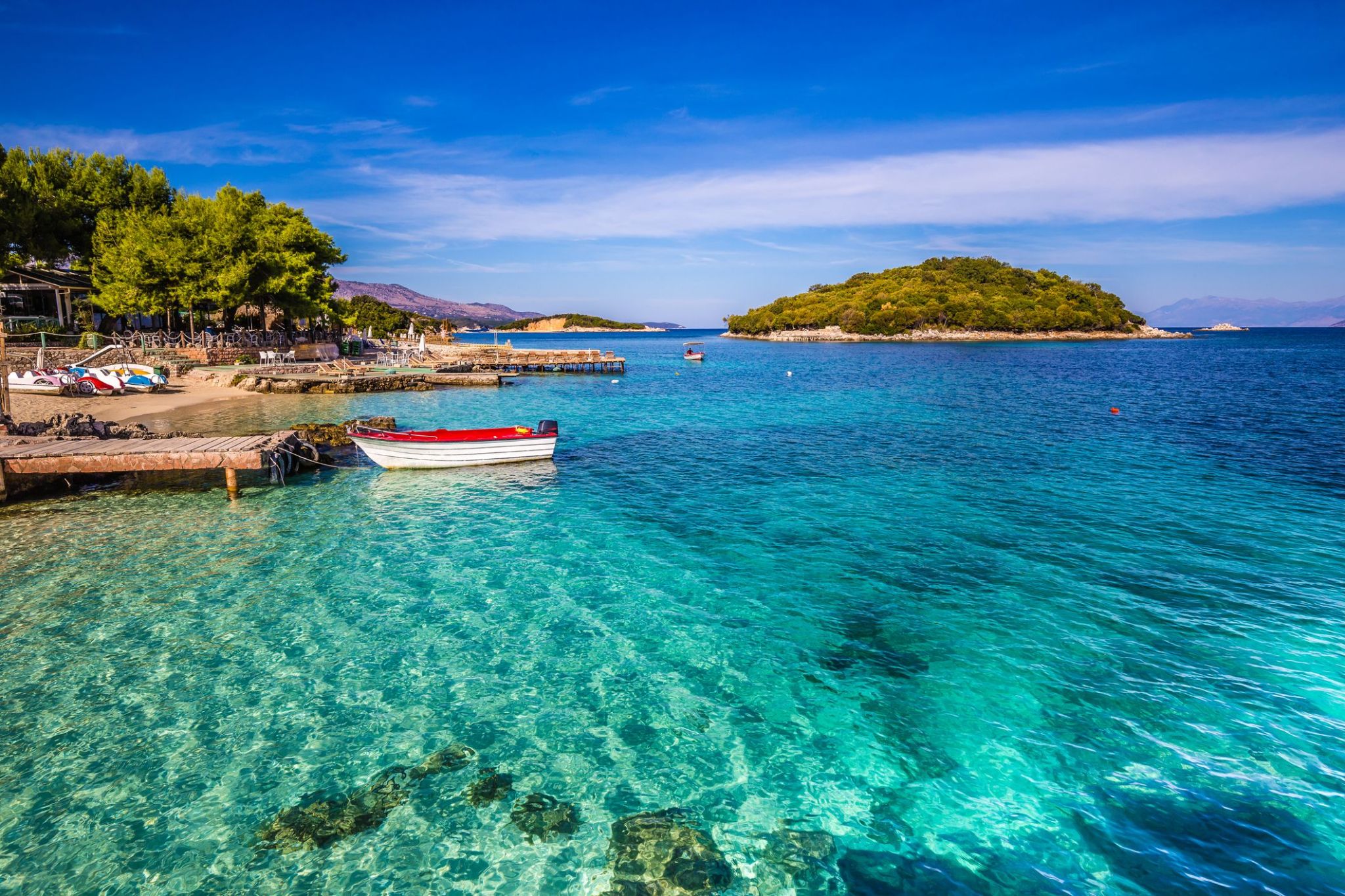
Zatoka o turkusowych wodach i panoramicznych widokach na grecką wyspę Korfu wita podróżnych w Sarandzie – południowej perle Albanii. To nadmorskie miasteczko podbija serca turystów łagodnym klimatem, nadbrzeżną architekturą, świeżymi owocami morza i malowniczymi zachodami słońca. Choć Saranda jest niewielka, może poszczycić się bogatą historią, sięgającą czasów starożytnych Greków i Rzymian, co potwierdzają pobliskie znaleziska archeologiczne.
Jedną z największych atrakcji jest starożytne miasto Butrint, wpisane na listę światowego dziedzictwa UNESCO, oddalone zaledwie o 30 minut jazdy. Miłośników przyrody zachwyci także źródło „Błękitne Oko” z krystalicznie czystą wodą. Saranda to idealne miejsce na nadmorski wypoczynek, gdzie dziedzictwo kulturowe harmonijnie współgra z relaksującą atmosferą i gościnnością mieszkańców.
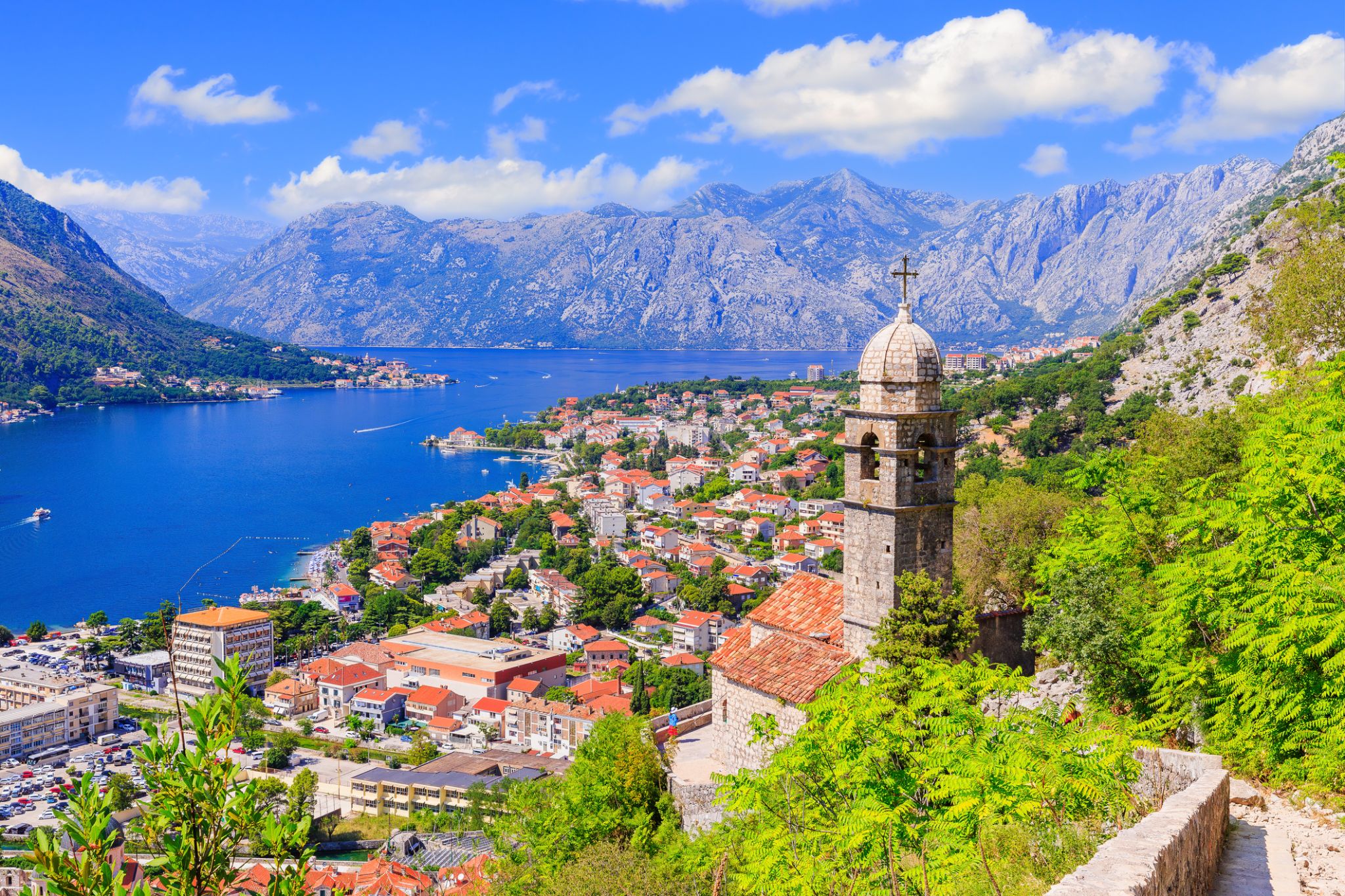
Kotor is a coastal town in Montenegro. It is located in a secluded part of the Gulf of Kotor. The city has a population of 13,510 and is the administrative center of Kotor Municipality.
The old Mediterranean port of Kotor is surrounded by fortifications built during the Venetian period. It is located on the Bay of Kotor (Boka Kotorska), one of the most indented parts of the Adriatic Sea. Some have called it the southern-most fjord in Europe, but it is a ria, a submerged river canyon. Together with the nearly overhanging limestone cliffs of Orjen and Lovćen, Kotor and its surrounding area form an impressive landscape.
Since the early 2000s Kotor has seen an increase in tourists , many of them coming by cruise ship. Visitors are attracted by the natural environment of the Gulf of Kotor and by the old town of Kotor. Kotor is part of the World Heritage Site dubbed the Natural and Culturo-Historical Region of Kotor.
The fortified city of Kotor was also included in UNESCO's World Heritage Site list as part of Venetian Works of Defence between 15th and 17th centuries: Stato da Terra – western Stato da Mar in 201
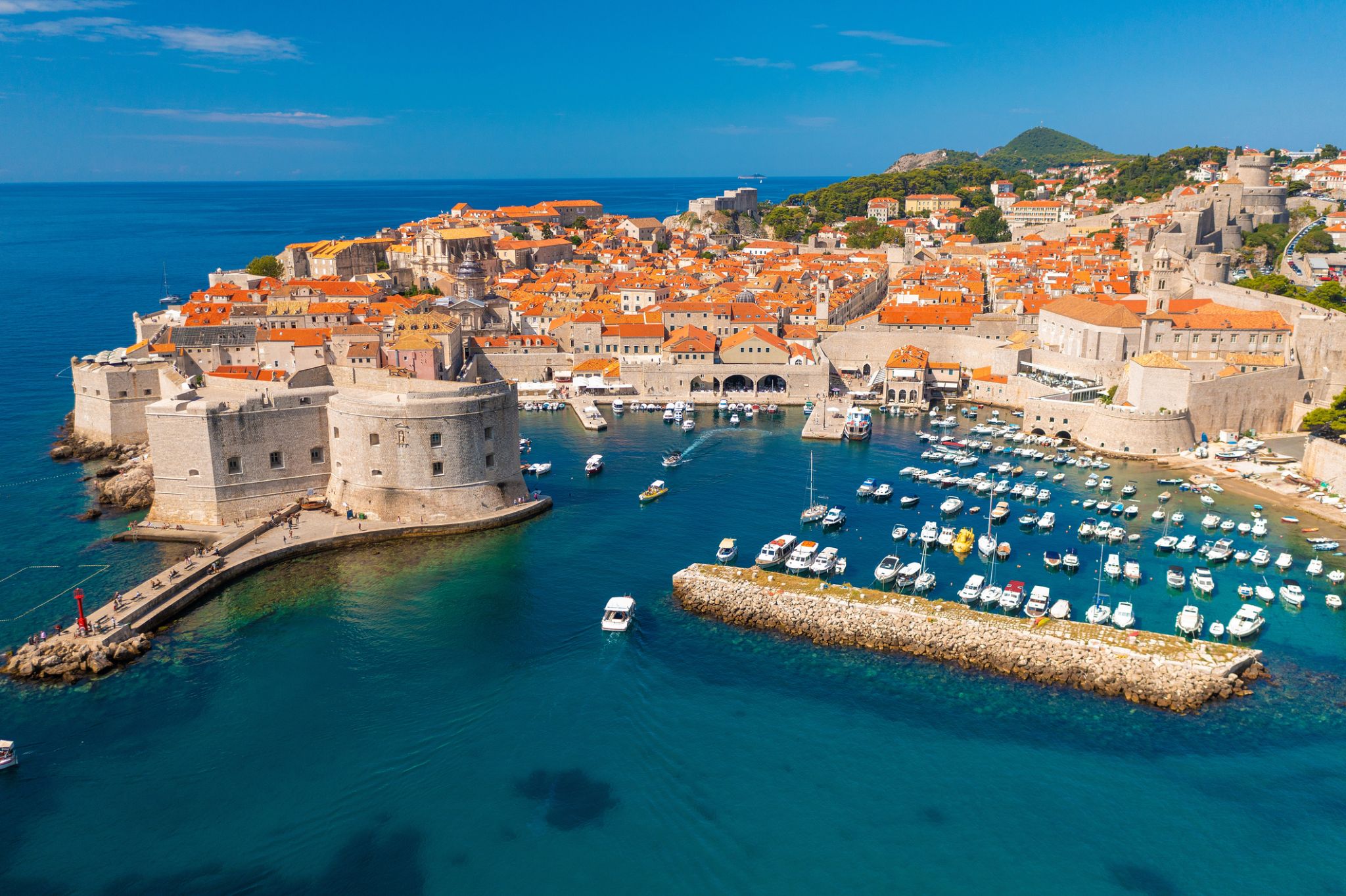
Dubrovnik is a Croatian city on the Adriatic Sea. It is one of the most prominent tourist destinations in the Mediterranean Sea, a seaport and the centre of Dubrovnik-Neretva County. Its total population is 42,615 (census 2011). In 1979, the city of Dubrovnik joined the UNESCO list of World Heritage sites.
The prosperity of the city was historically based on maritime trade; as the capital of the maritime Republic of Ragusa, it achieved a high level of development, particularly during the 15th and 16th centuries, as it became notable for its wealth and skilled diplomacy.
In 1991, after the break-up of Yugoslavia, Dubrovnik was besieged by Serbian and Montenegrin soldiers of the Yugoslav People's Army (JNA) for seven months and suffered significant damage from shelling. After repair and restoration works in the 1990s and early 2000s, Dubrovnik re-emerged as one of the top tourist destinations in the Mediterranean.
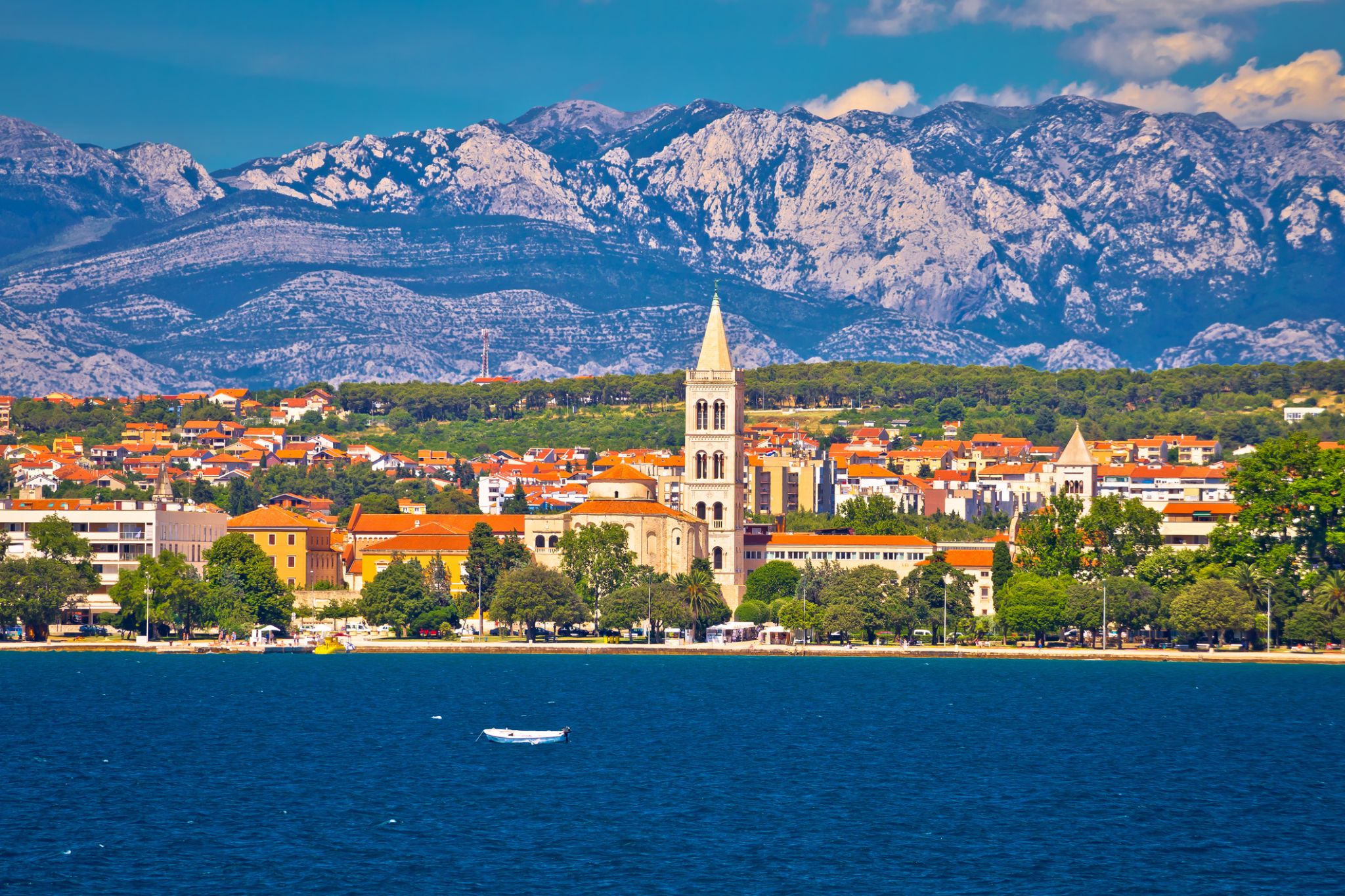
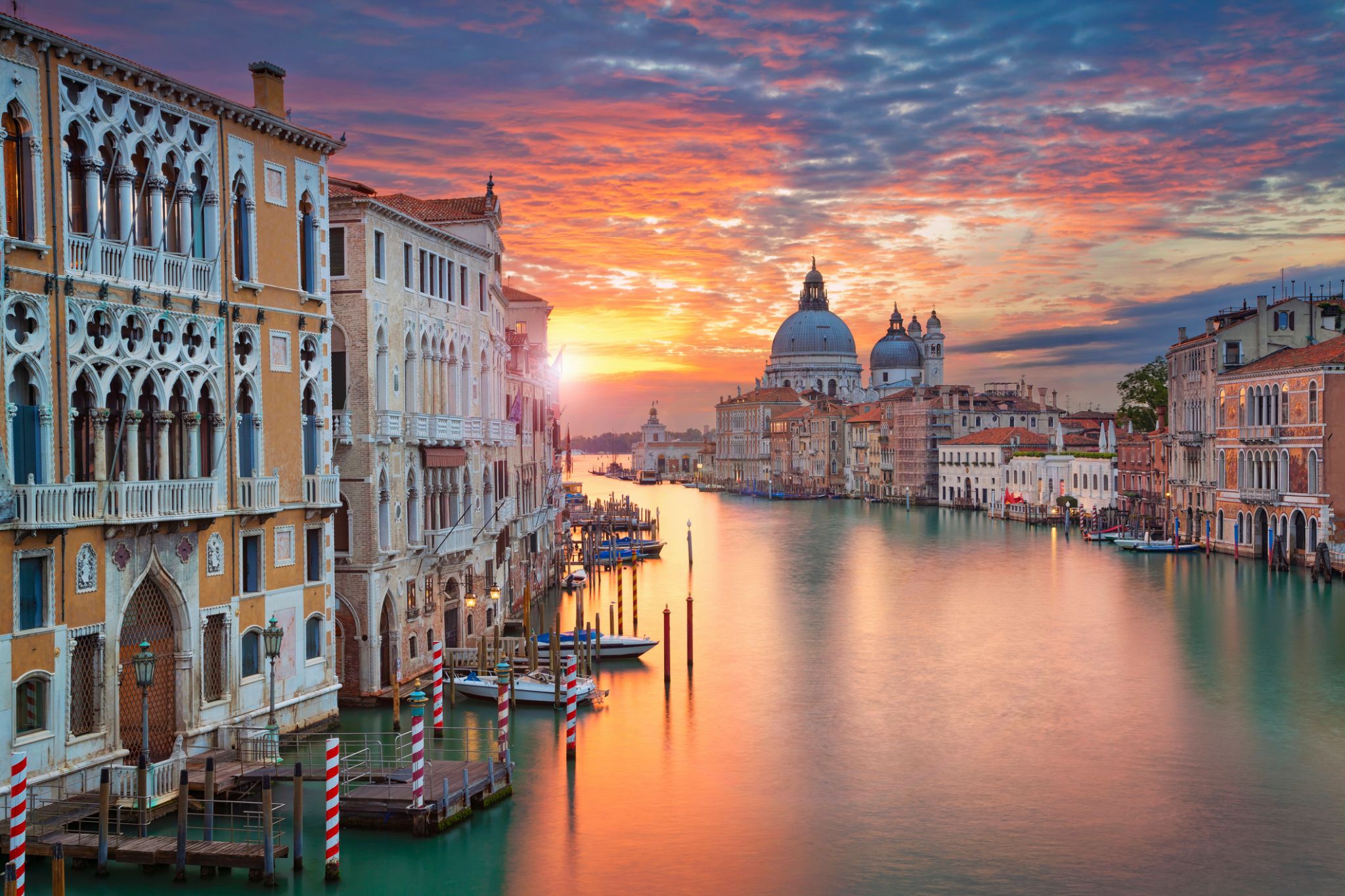
Wenecja — najbardziej znane i niezwykłe miasto na świecie. Znajduje się na północy Włoch, na wybrzeżu Morza Adriatyckiego. Teren miasta przecina ponad 150 kanałów i strumieni, nad którymi przerzucono ponad 400 mostów.
Wenecja — miasto kurortowe, które jest centrum międzynarodowej turystyki o światowym znaczeniu, miejscem organizacji wystaw artystycznych i architektonicznych oraz międzynarodowych festiwali filmowych. Zupełnie niezwykła atmosfera panująca w mieście zachwyca od pierwszego spojrzenia. Wąskie uliczki z małymi, przytulnymi kawiarenkami, sunące gondole i serenady gondolierów wprowadzają w romantyczny nastrój i przyciągają zakochanych z całego świata.

Wenecja — najbardziej znane i niezwykłe miasto na świecie. Znajduje się na północy Włoch, na wybrzeżu Morza Adriatyckiego. Teren miasta przecina ponad 150 kanałów i strumieni, nad którymi przerzucono ponad 400 mostów.
Wenecja — miasto kurortowe, które jest centrum międzynarodowej turystyki o światowym znaczeniu, miejscem organizacji wystaw artystycznych i architektonicznych oraz międzynarodowych festiwali filmowych. Zupełnie niezwykła atmosfera panująca w mieście zachwyca od pierwszego spojrzenia. Wąskie uliczki z małymi, przytulnymi kawiarenkami, sunące gondole i serenady gondolierów wprowadzają w romantyczny nastrój i przyciągają zakochanych z całego świata.
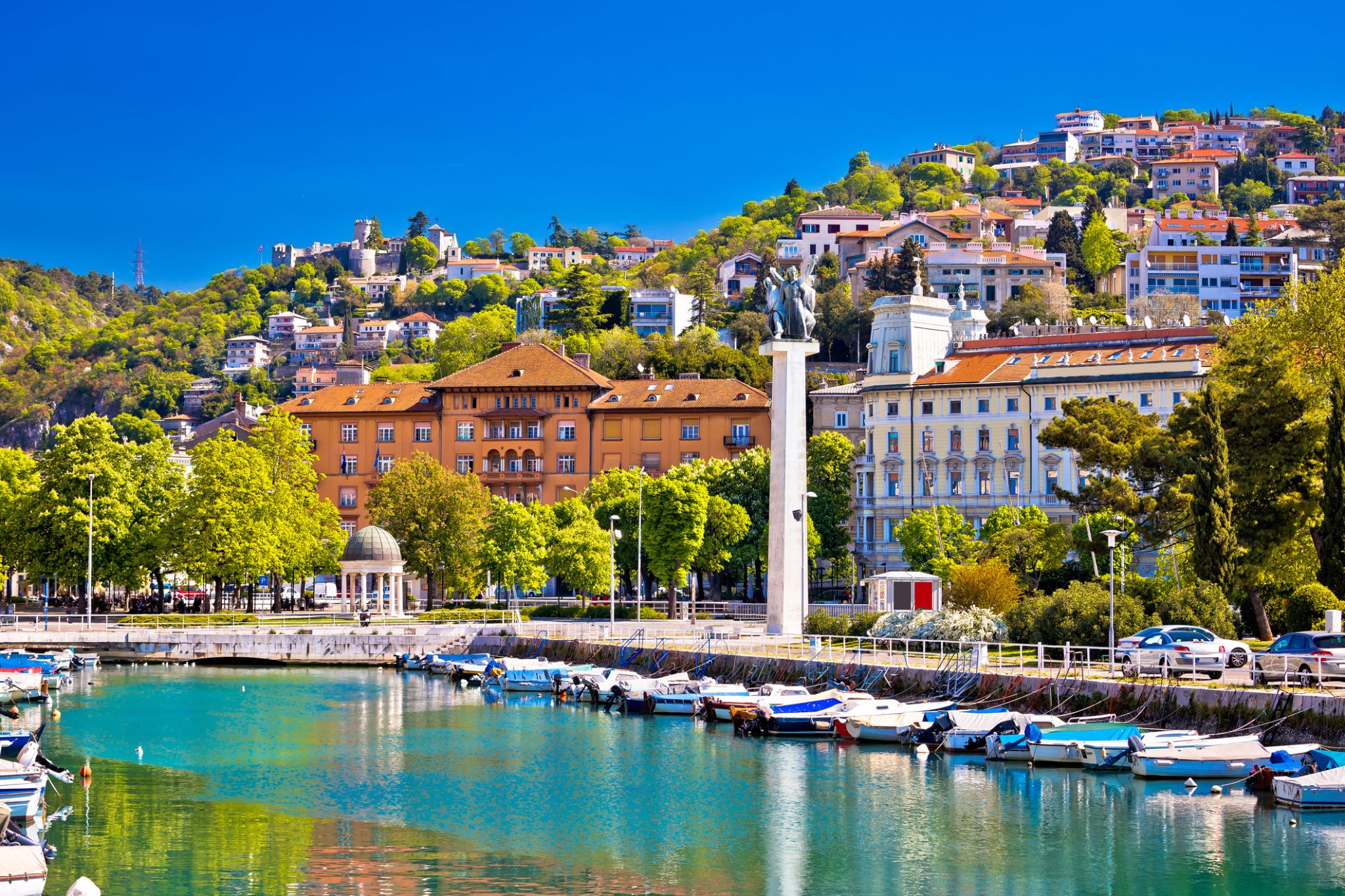
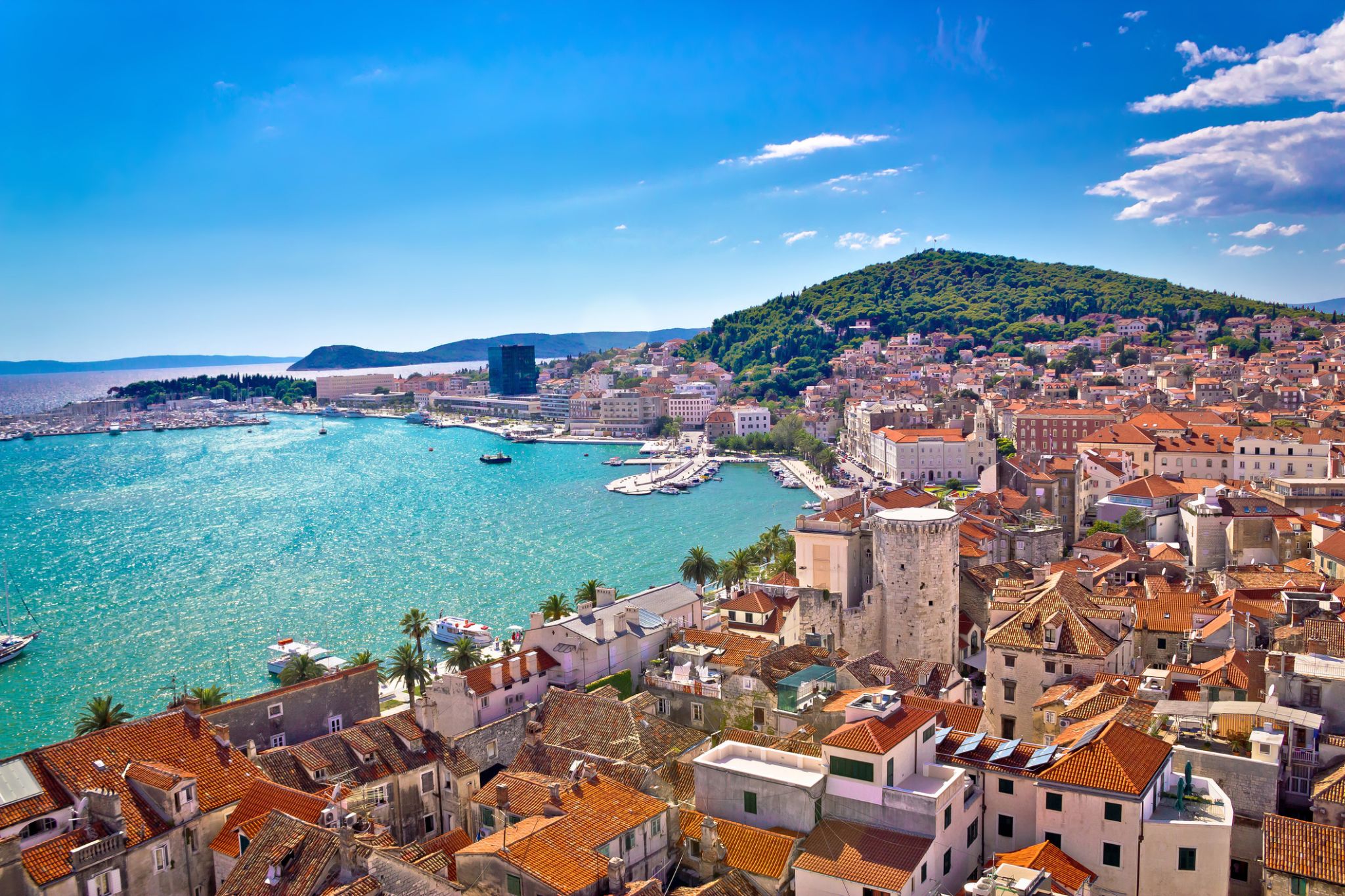
Split – perła Dalmacji
Split to drugie największe miasto Chorwacji, położone nad Adriatykiem. Jego symbolem jest Pałac Dioklecjana, wpisany na listę UNESCO, otoczony wąskimi uliczkami i katedrą św. Duje.
Miasto tętni życiem na nadmorskiej promenadzie Riva, pełnej kawiarni i restauracji. W okolicy czekają plaże, m.in. słynna Bacvice.
Split to także ważny port, skąd łatwo popłynąć na chorwackie wyspy – Hvar, Brač czy Korčulę. Atmosfera śródziemnomorska i dalmatyńska kuchnia sprawiają, że Split to idealne miejsce na urlop.


Szmaragdowa woda, białe klify i krajobrazy niczym z pocztówki czekają na Ciebie na Zakynthos, jednej z najpiękniejszych wysp Morza Jońskiego. Ta grecka perełka słynie z zatoki Navagio, gdzie wrak statku otoczony kredowymi klifami stał się ikoną wyspy i marzeniem fotografów. Łagodny klimat, zielone wzgórza i zapach pomarańczowych gajów tworzą idealne warunki do spokojnego wypoczynku.
Ale Zakynthos to nie tylko raj dla plażowiczów. Można wyruszyć na rejs, by zobaczyć rzadkie żółwie morskie Caretta-Caretta, które składają jaja na plażach wyspy. Wieczorami czekają urocze wioski z tawernami serwującymi świeże ryby i nadmorskie promenady rozświetlone światłami. To idealne miejsce zarówno na romantyczny wypad, jak i przygodę w naturze.


Heraklion or Heraclion is the largest city and the administrative capital of the island of Crete. It is the fourth largest city in Greece. According to the results of the 2011 census, the population of the city proper was 166,209 inhabitants, the municipality's was 173,993 while the Heraklion urban area has a population of 225,574 and it extends over an area of 684.3 km2 (264.2 sq mi).
Heraklion is the capital of Heraklion regional unit.
The Bronze Age palace of Knossos, also known as the Palace of Minos, is located nearby.
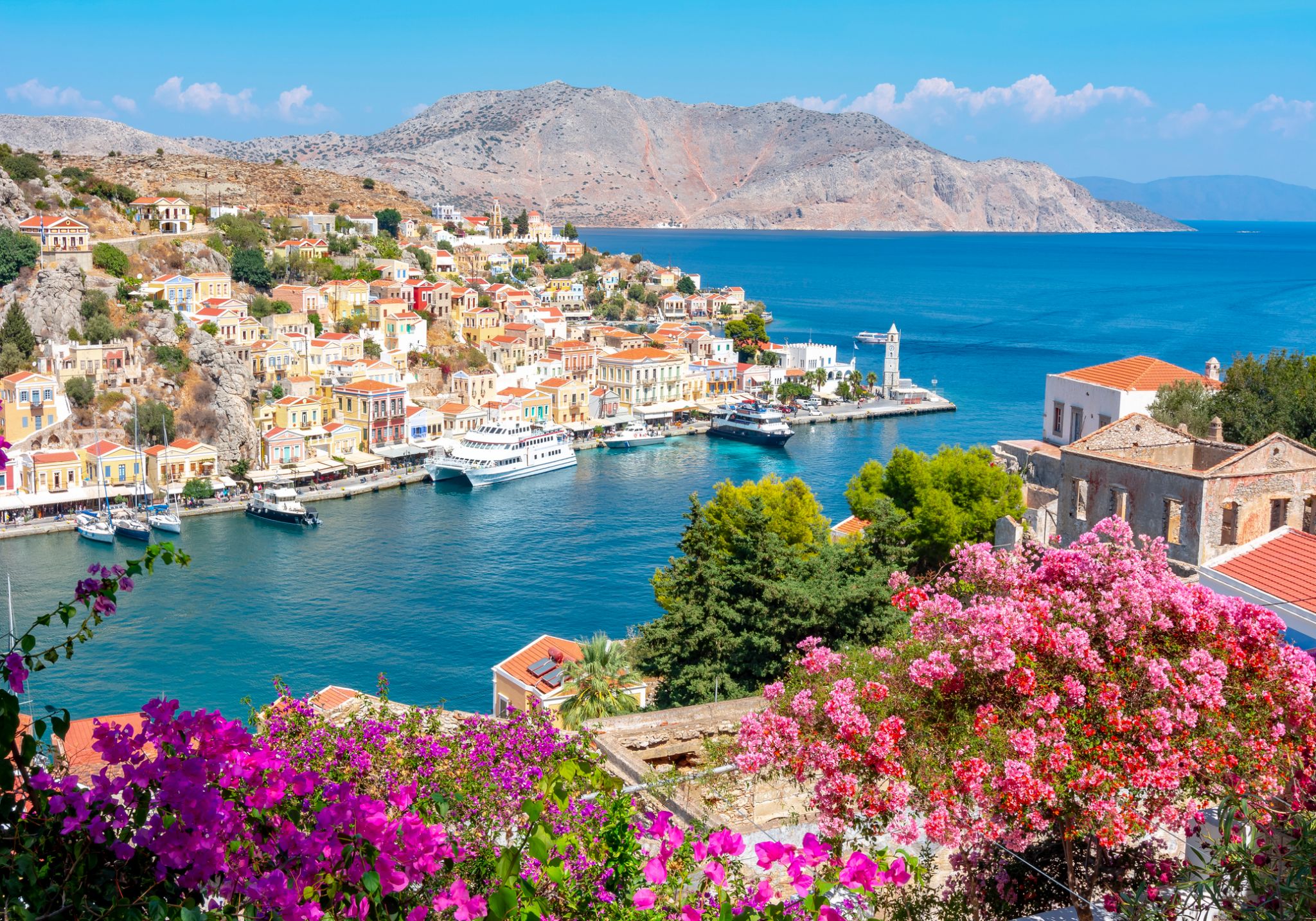
Rhodes is the largest of the Dodecanese islands of Greece and is also the island group's historical capital. Administratively the island forms a separate municipality within the Rhodes regional unit, which is part of the South Aegean administrative region. The principal town of the island and seat of the municipality is Rhodes. The city of Rhodes had 50,636 inhabitants in 2011. It is located northeast of Crete, southeast of Athens and just off the Anatolian coast of Turkey. Rhodes' nickname is The island of the Knights, named after the Knights of Saint John of Jerusalem, who once conquered the land.
Historically, Rhodes was famous worldwide for the Colossus of Rhodes, one of the Seven Wonders of the Ancient World. The Medieval Old Town of the City of Rhodes has been declared a World Heritage Site. Today, it is one of the most popular tourist destinations in Europe. The name of the U.S. state of Rhode Island is thought to be based on this island.
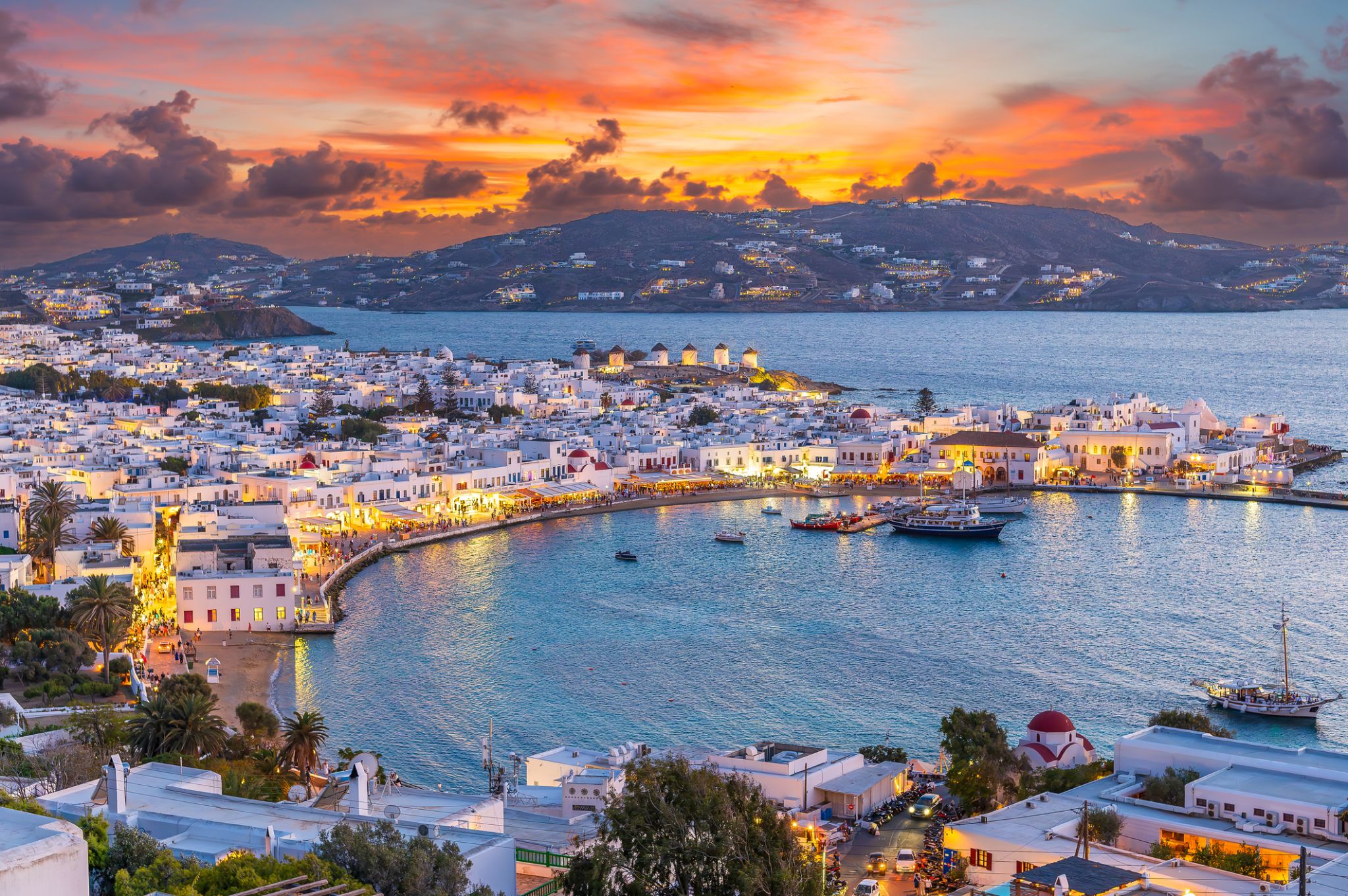
Słynna, nowoczesna wyspa Mykonos przyciąga turystów swoim urokiem. Trudno oprzeć się widokowi lazurowego morza i skąpanego w słońcu białego miasta. Mykonos to wyspa kontrastów – biel domów, błękit głębin i kolorowe okna. Wśród atrakcji warto wspomnieć liczne kościoły i muzea, m.in. Muzeum Archeologiczne z amforą przedstawiającą scenę z Trojańskim koniem.
Mykonos to modny kurort i ulubione miejsce bohemy. To tutaj można zanurzyć się w wir luksusowych usług, rozrywek i nocnego życia. Ale wyspa ma także spokojniejsze oblicze – czekają na Ciebie urokliwe, ciche zakątki, idealne do relaksu i odpoczynku.
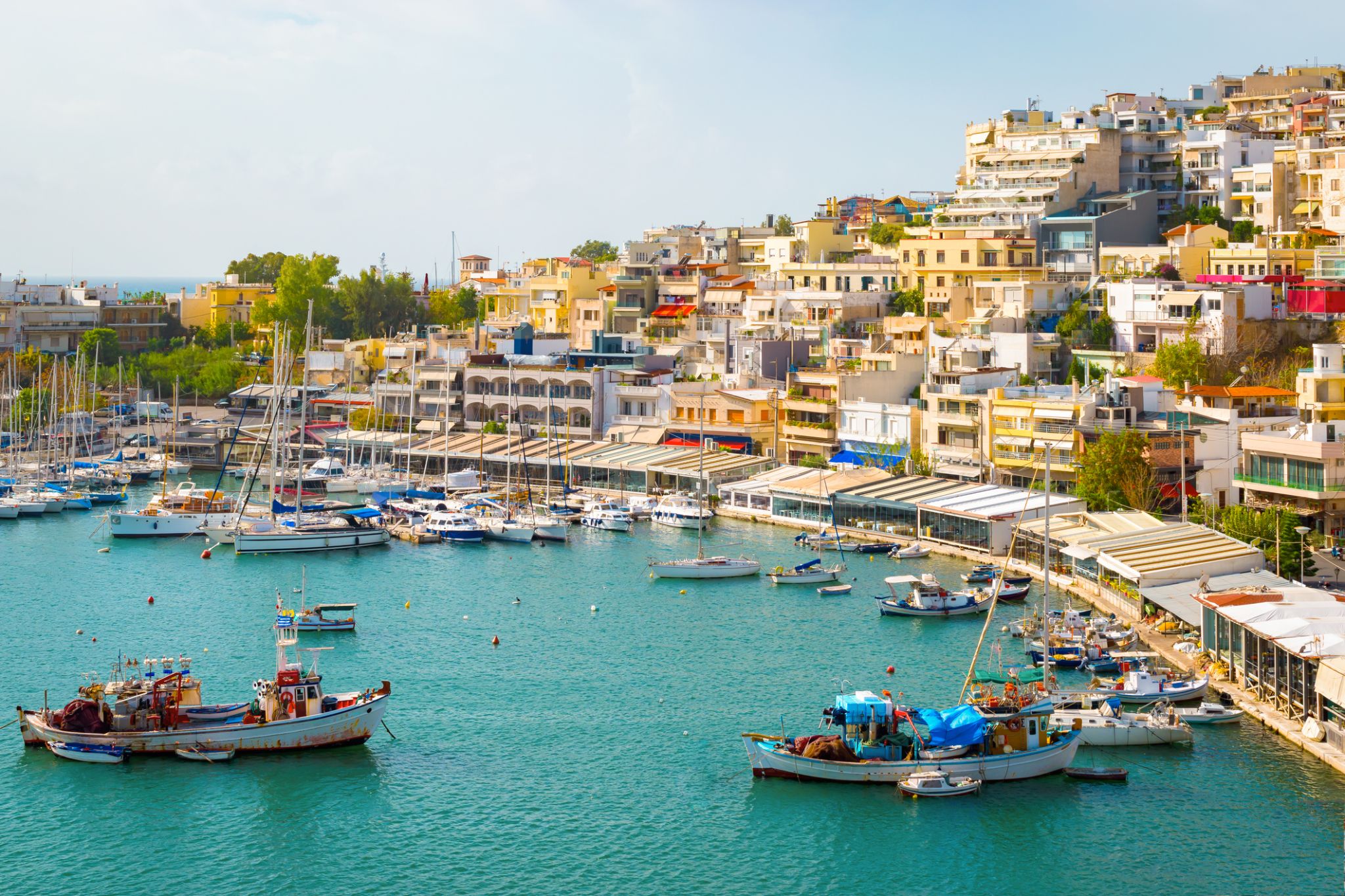
Pireus to stare miasto portowe, będące portem Aten i jednocześnie największym portem Grecji w dniu dzisiejszym. Pireus stanowi część wielkich Aten, które mogą poszczycić się bogactwem atrakcji, w tym unikalnymi zabytkami narodowej sztuki plastycznej.
Ponad dwieście muzeów i galerii, w tym Muzeum Historii Uniwersytetu, Muzeum Archeologiczne Keramejkos i wiele innych, gościnnie powita Państwa w swoich murach i zapozna z kulturą tej okolicy.